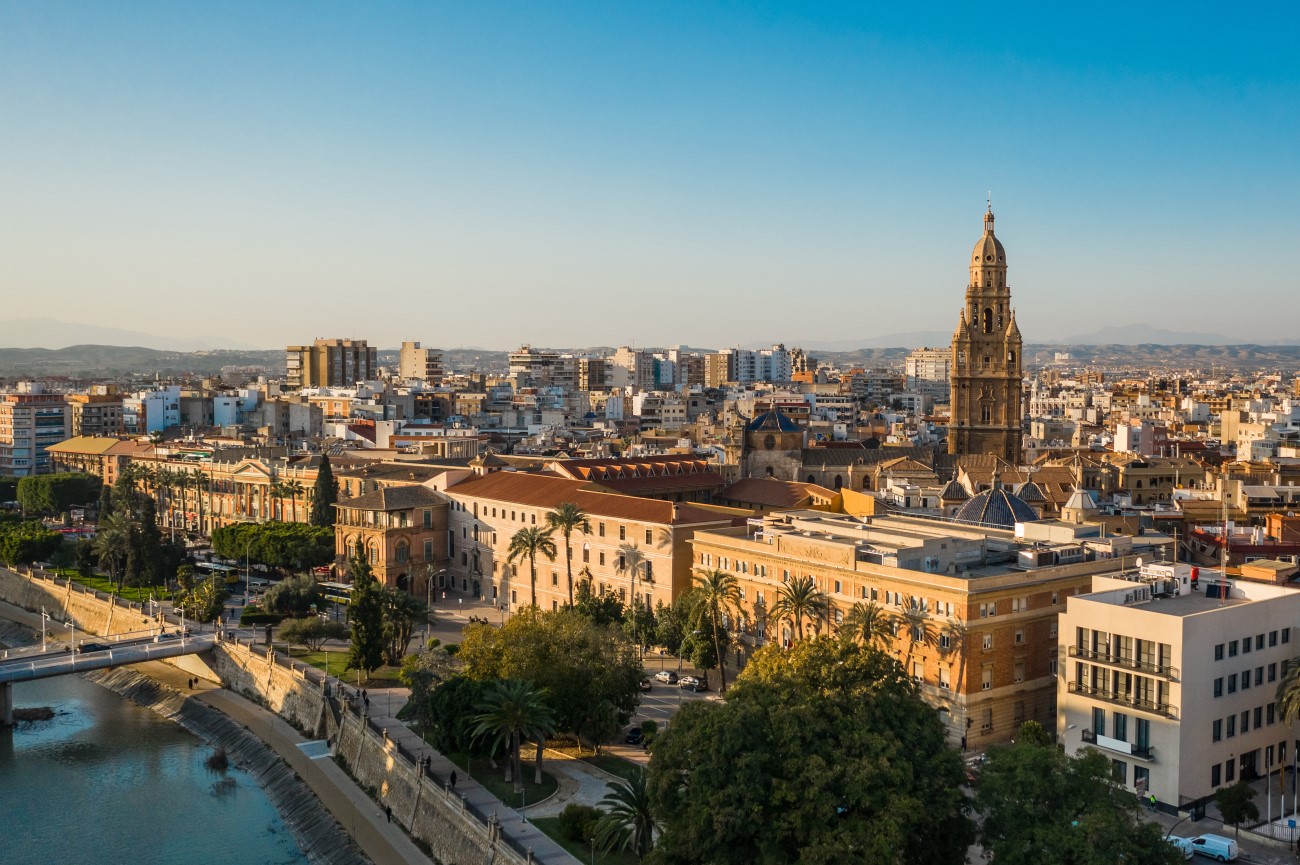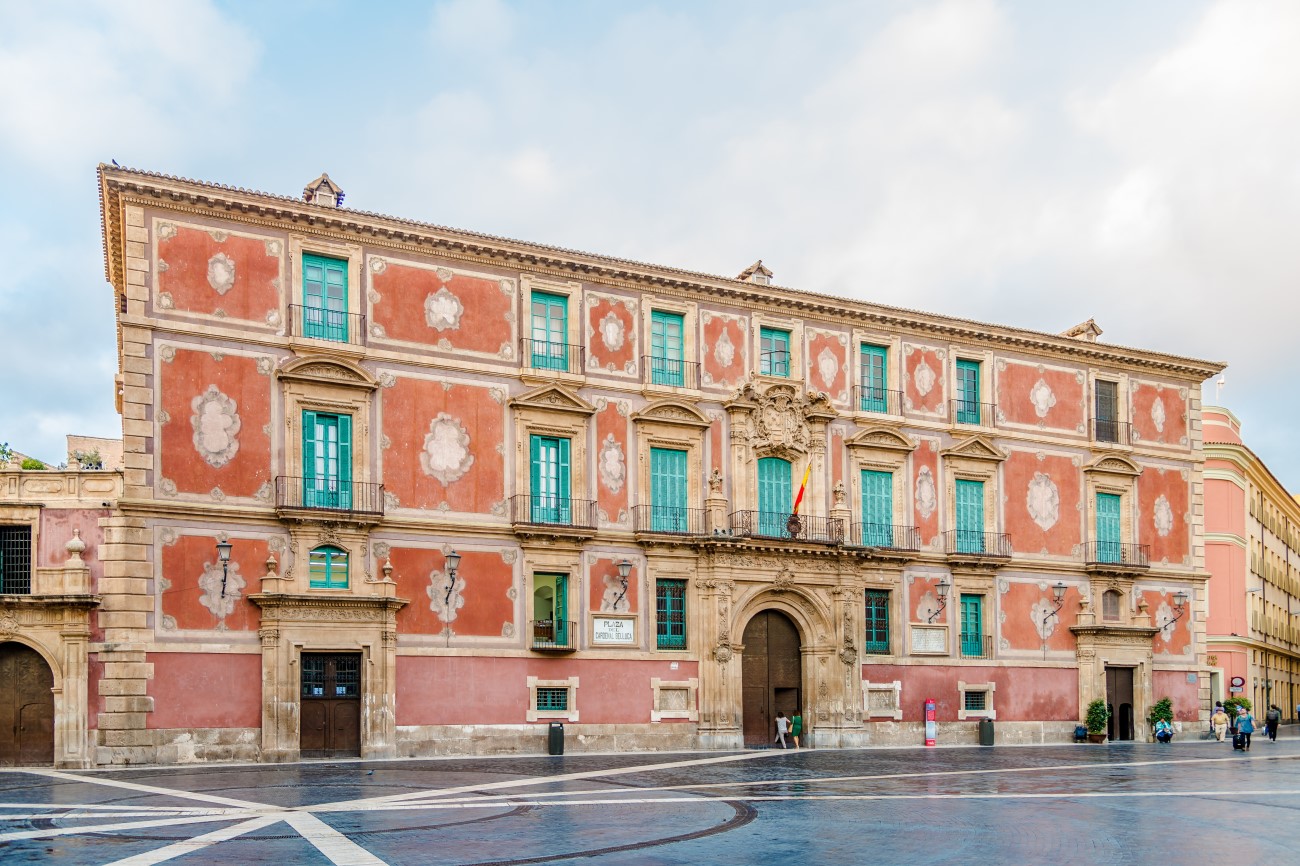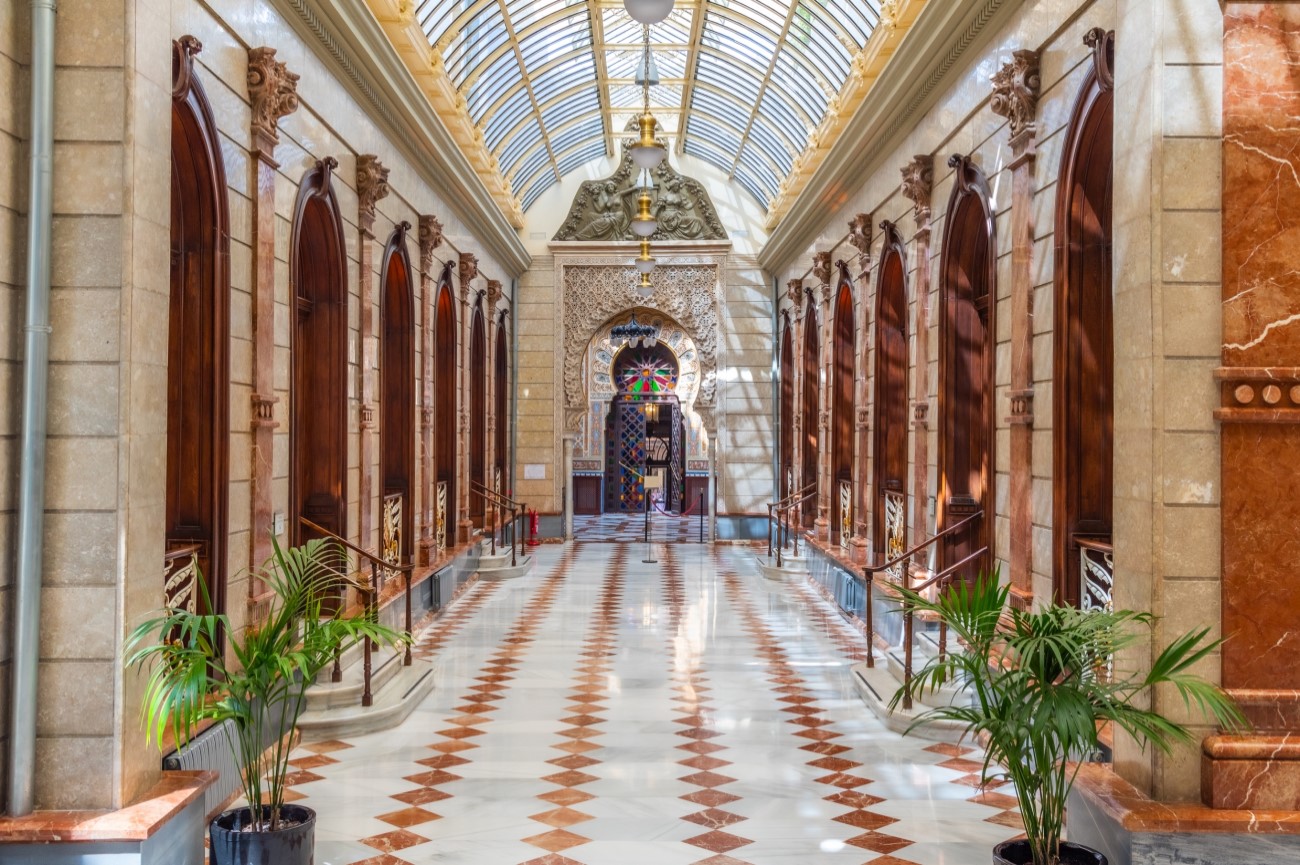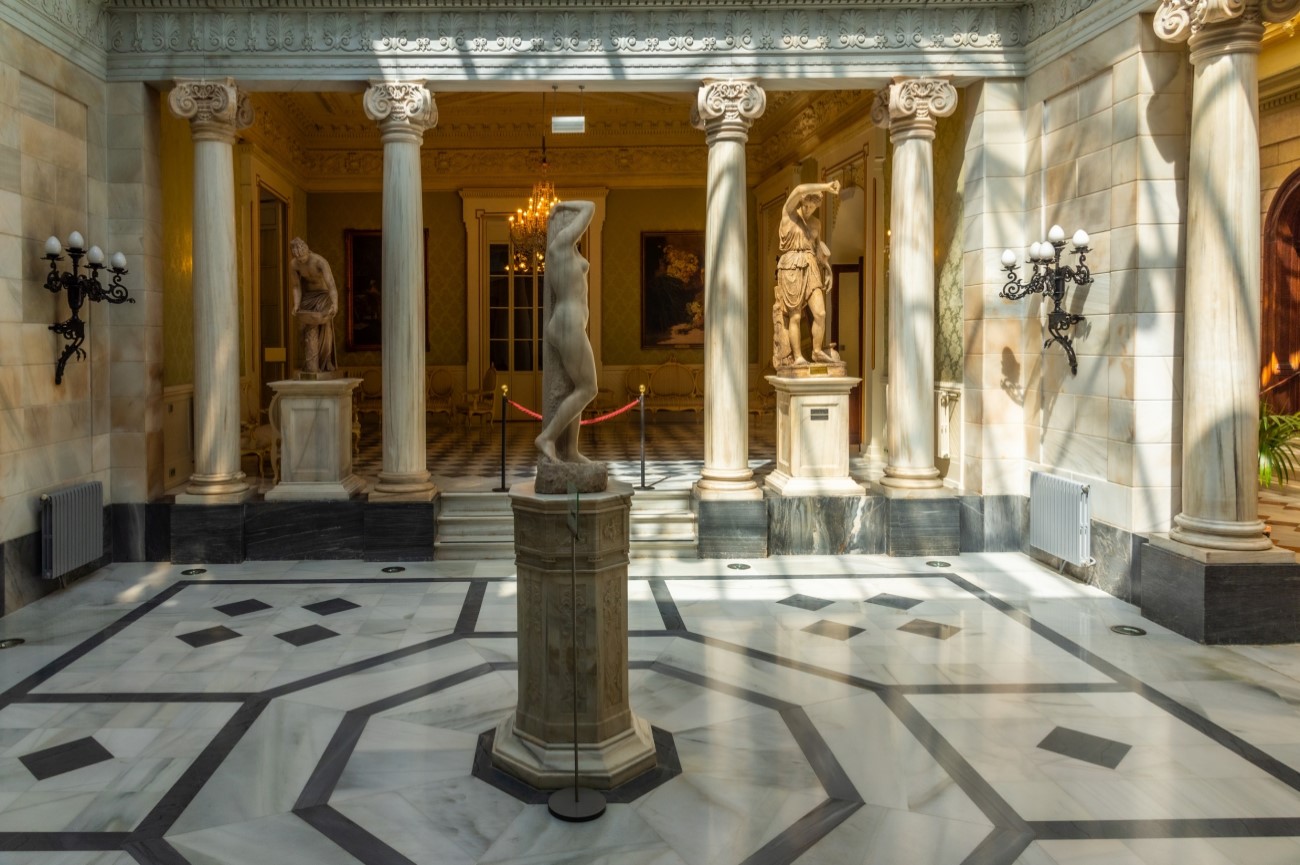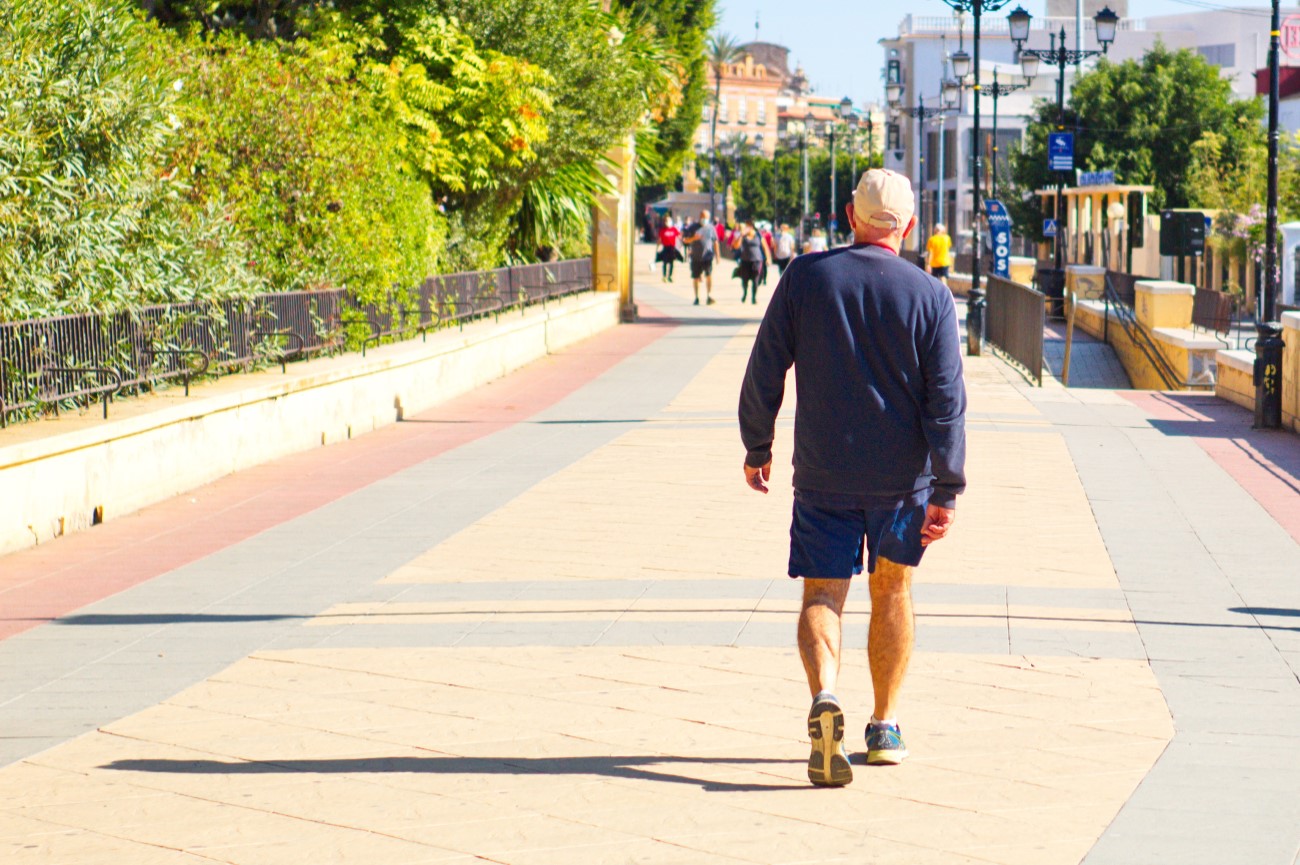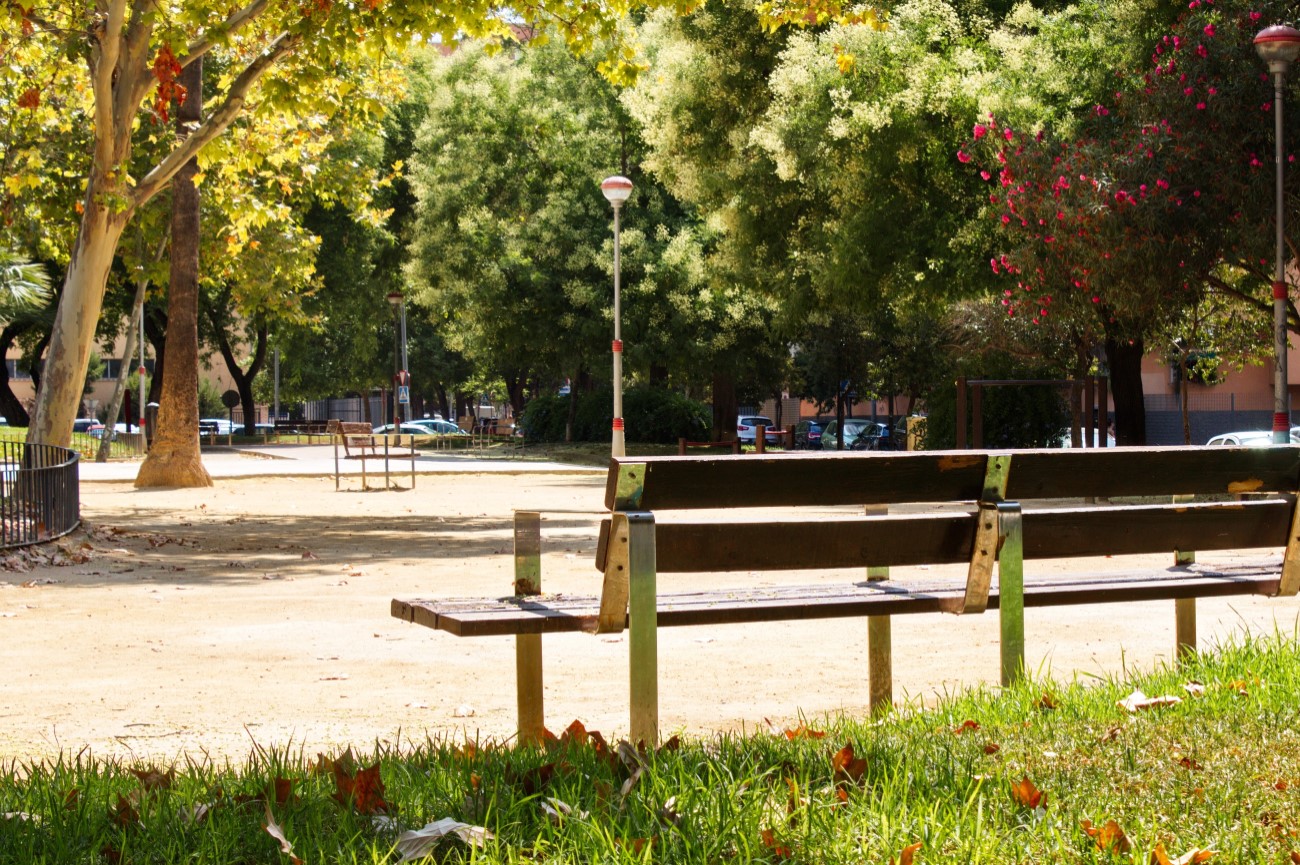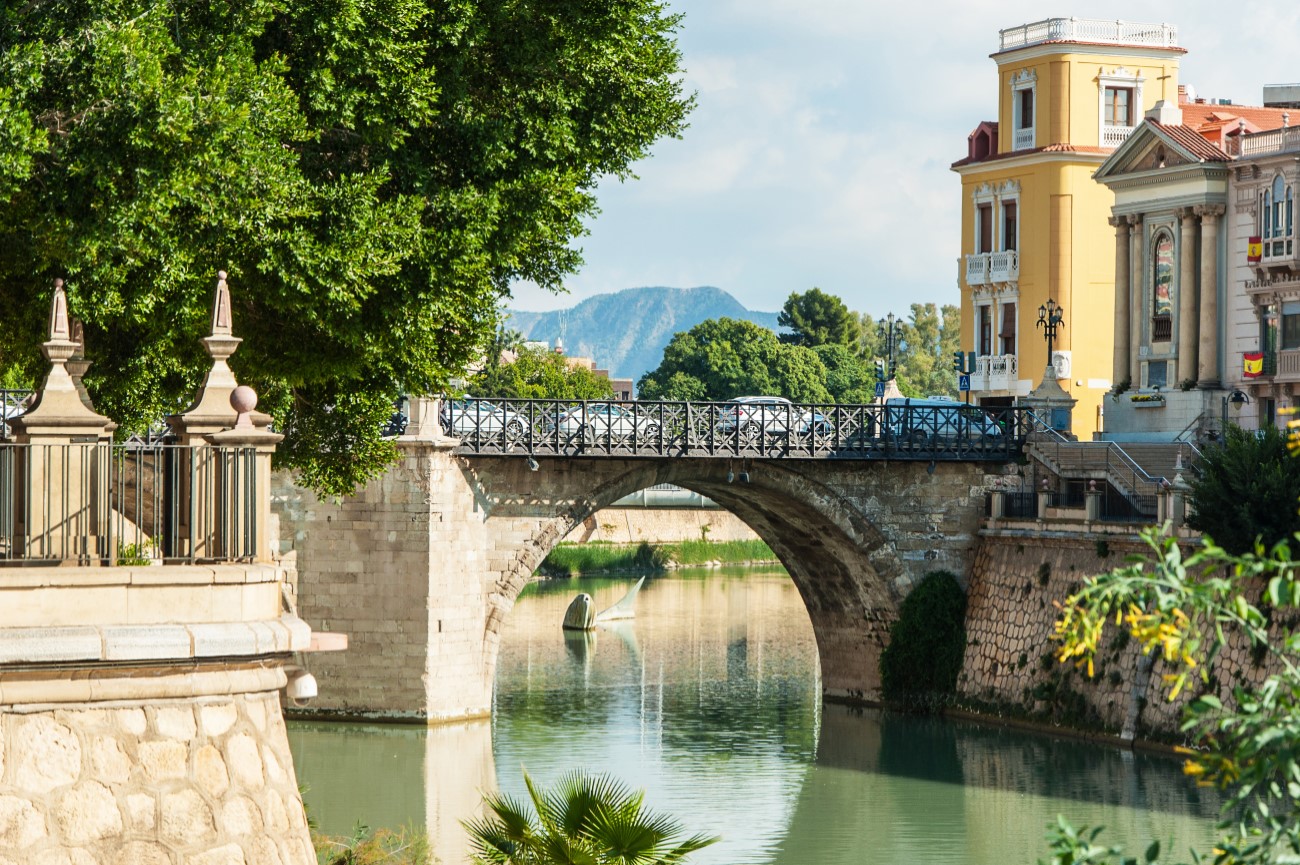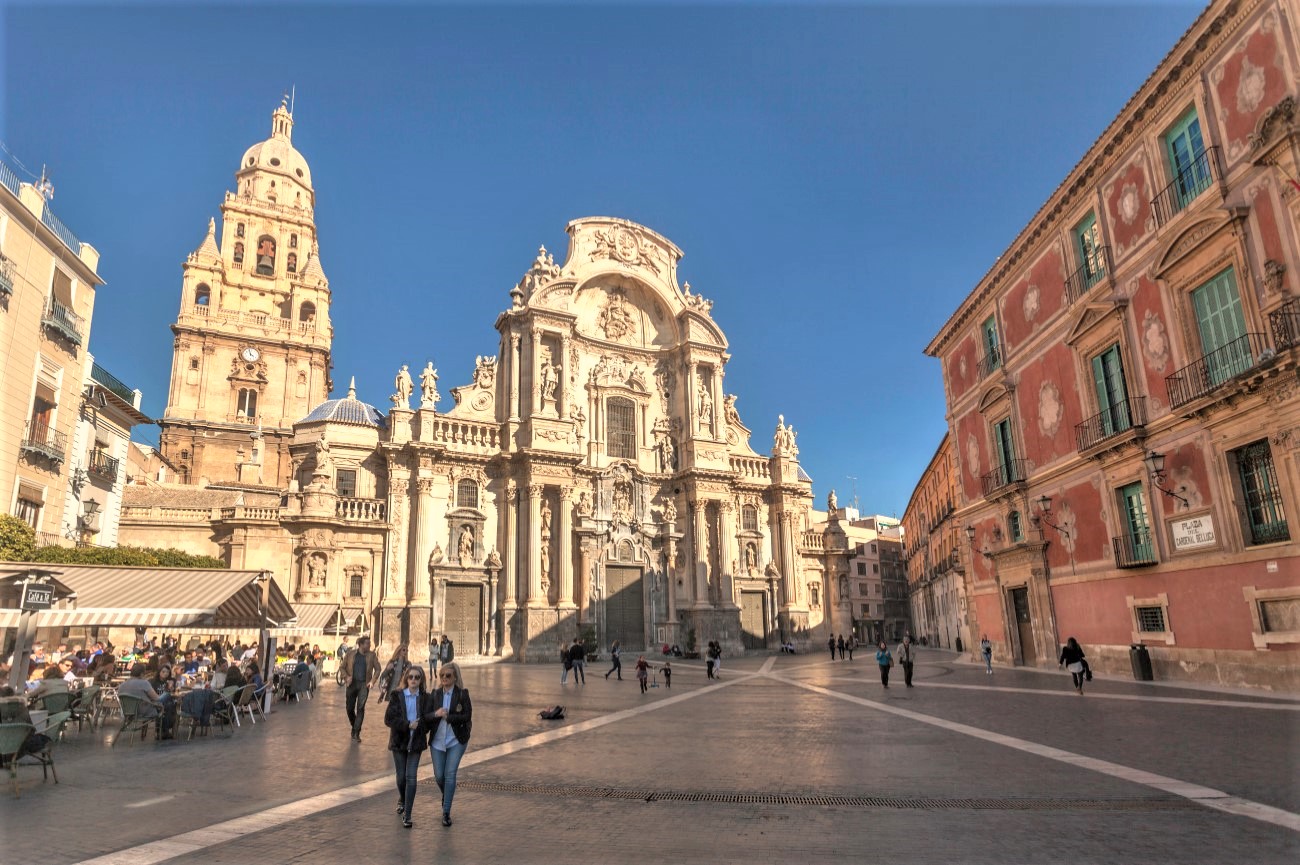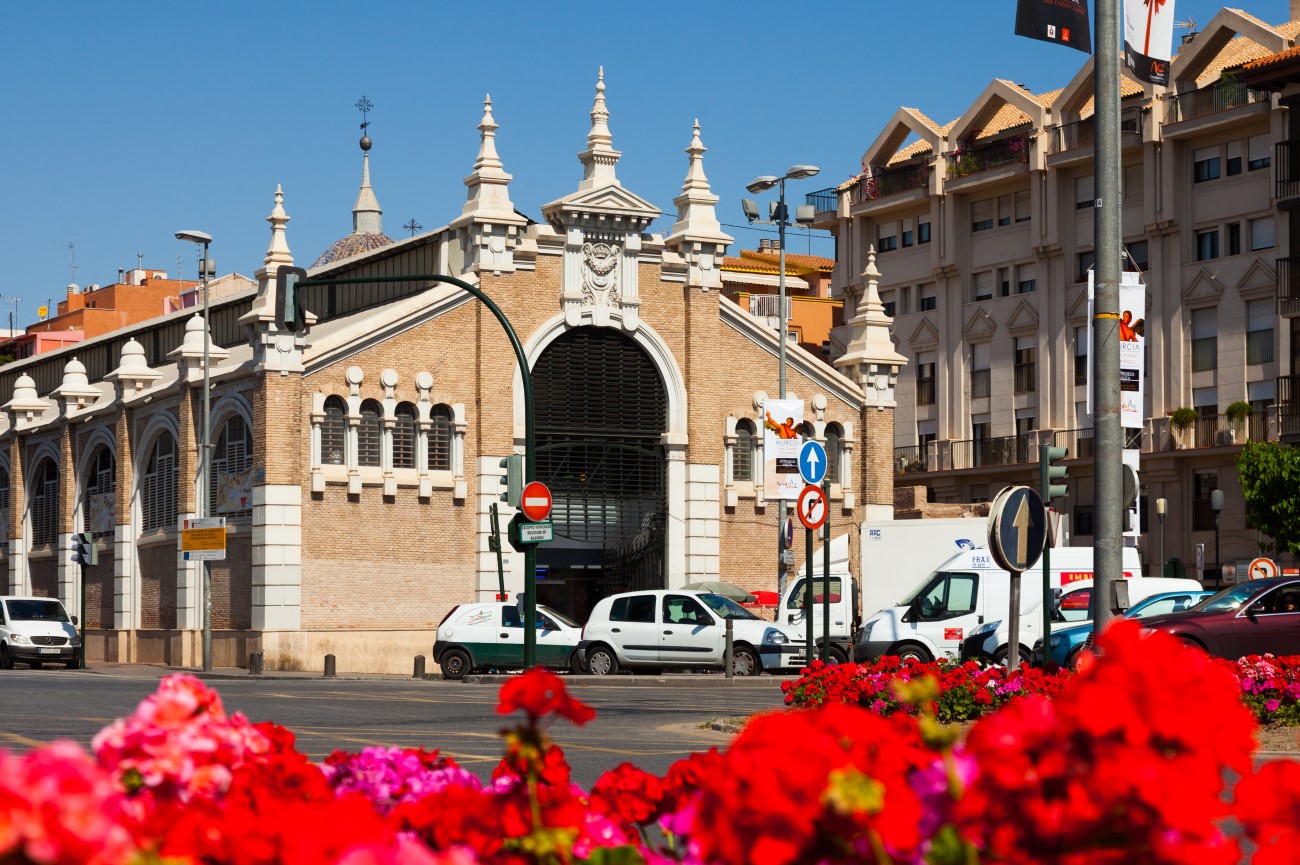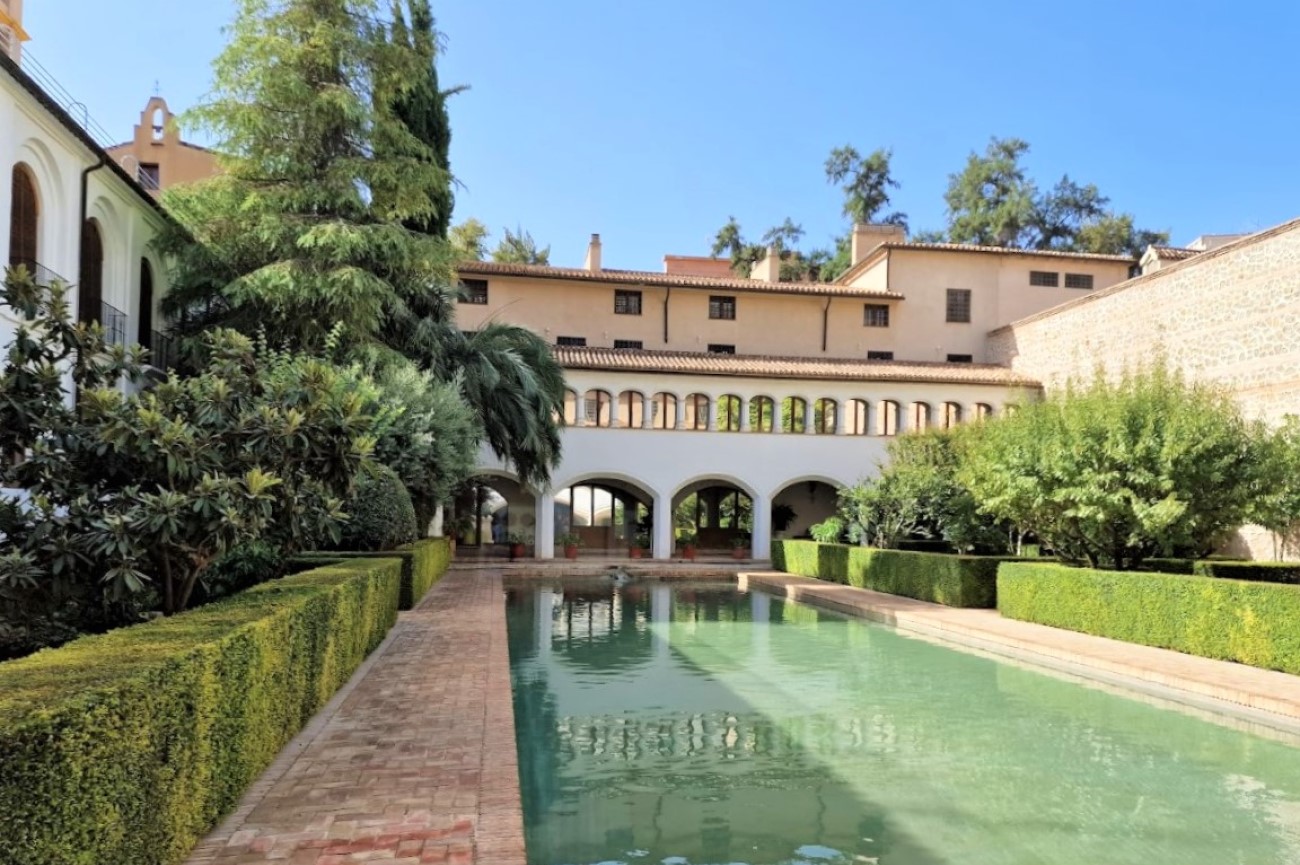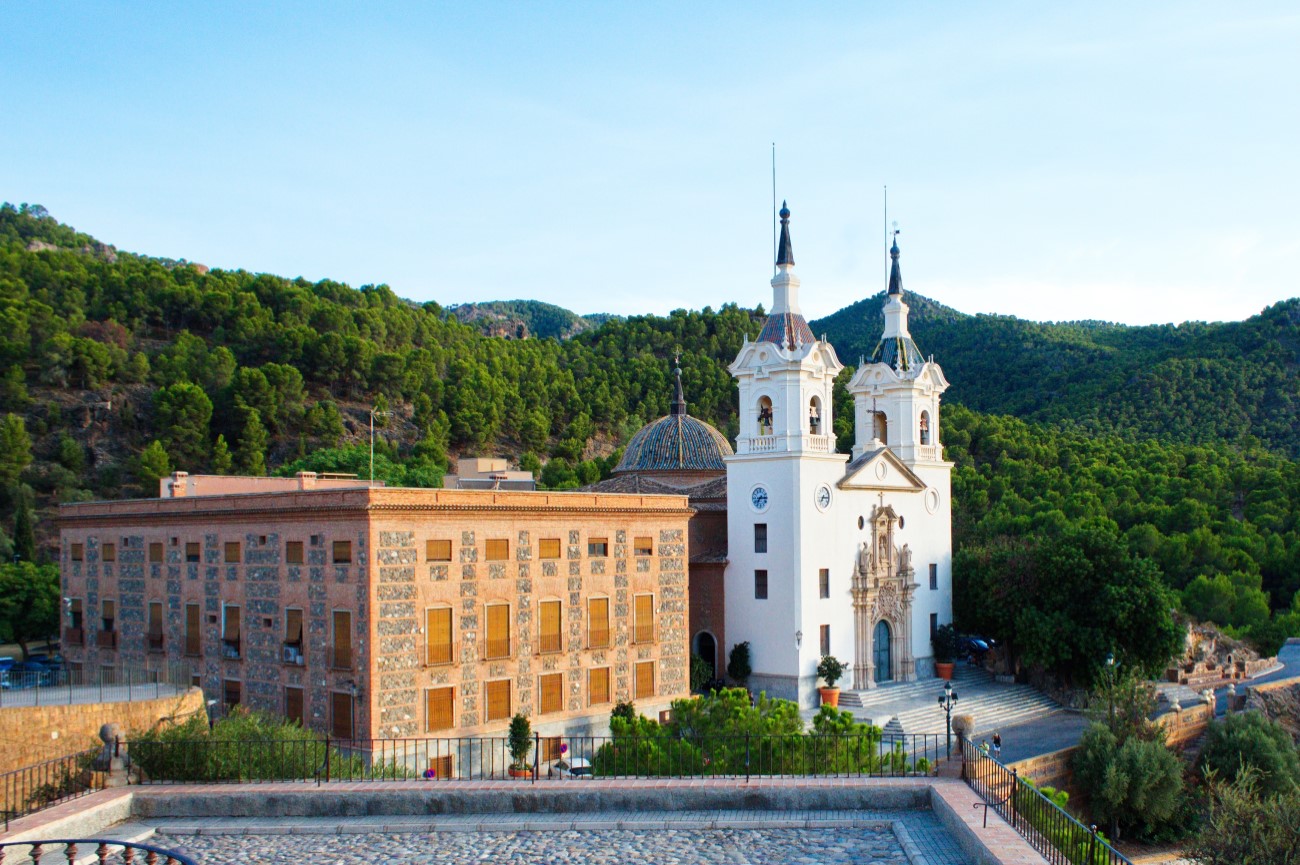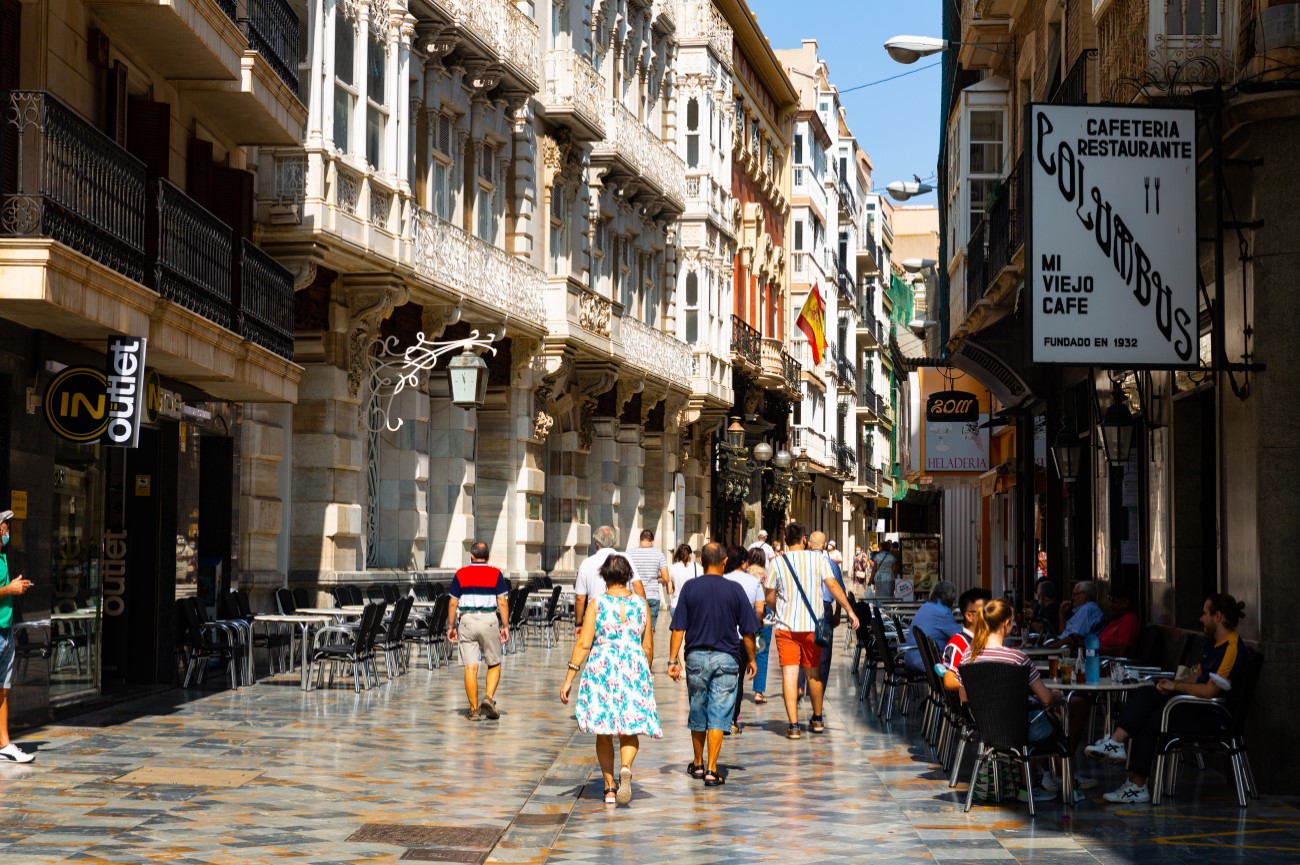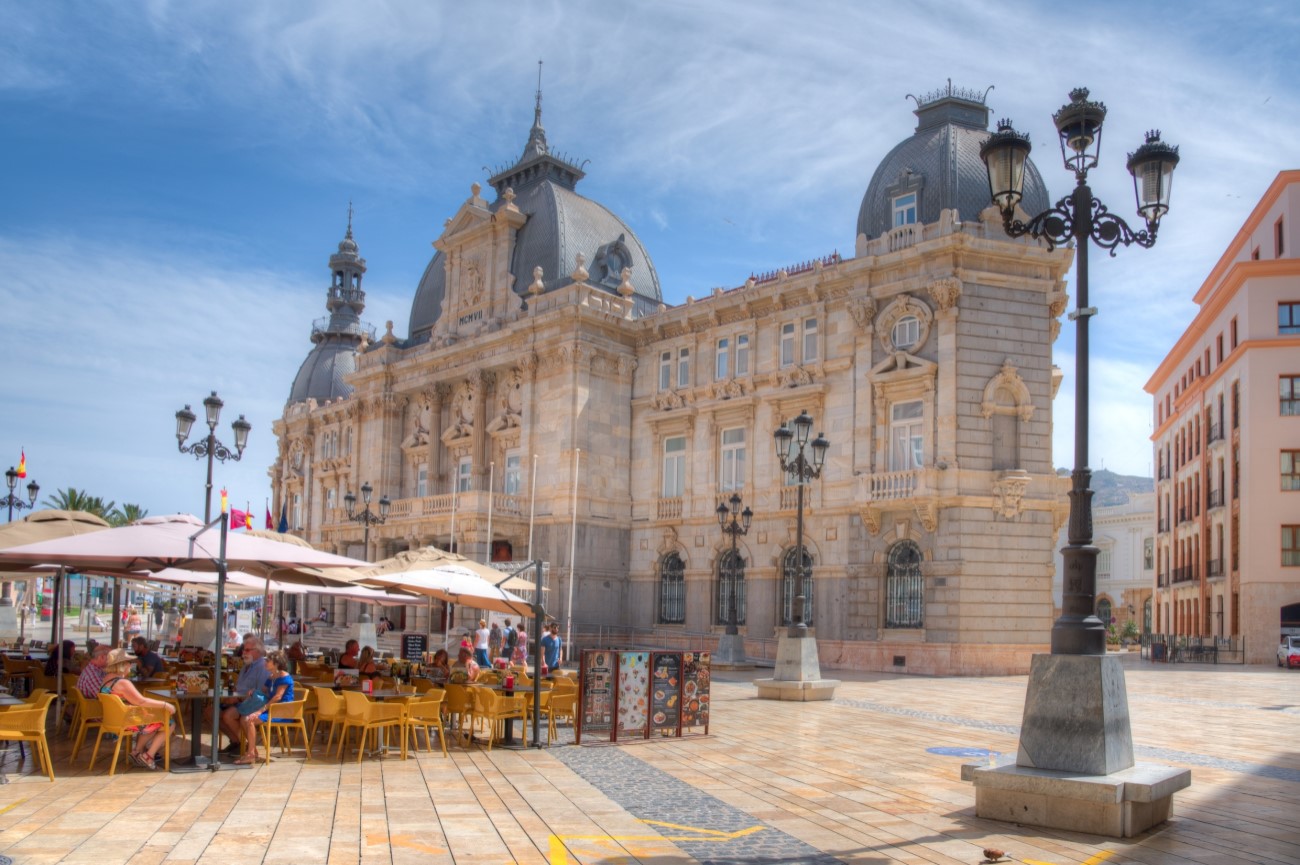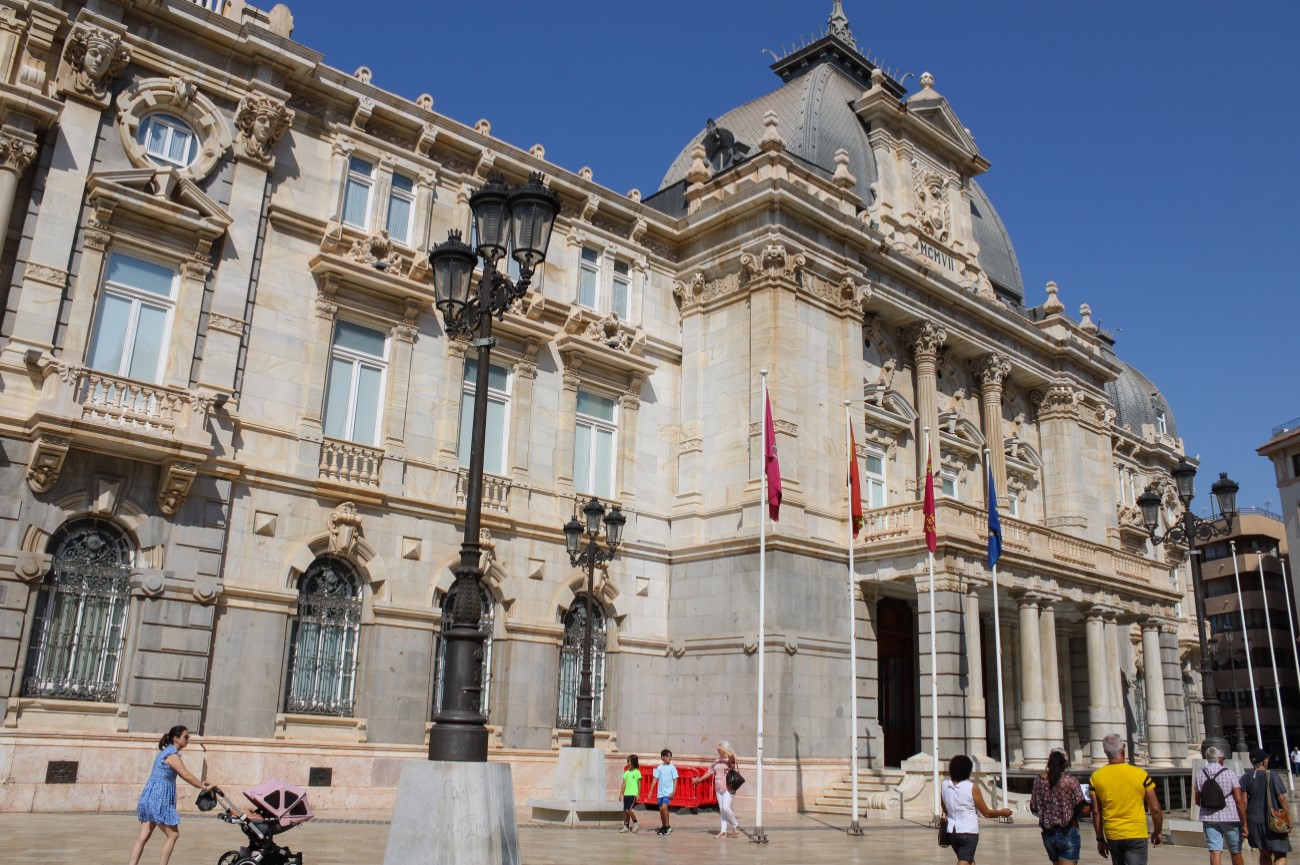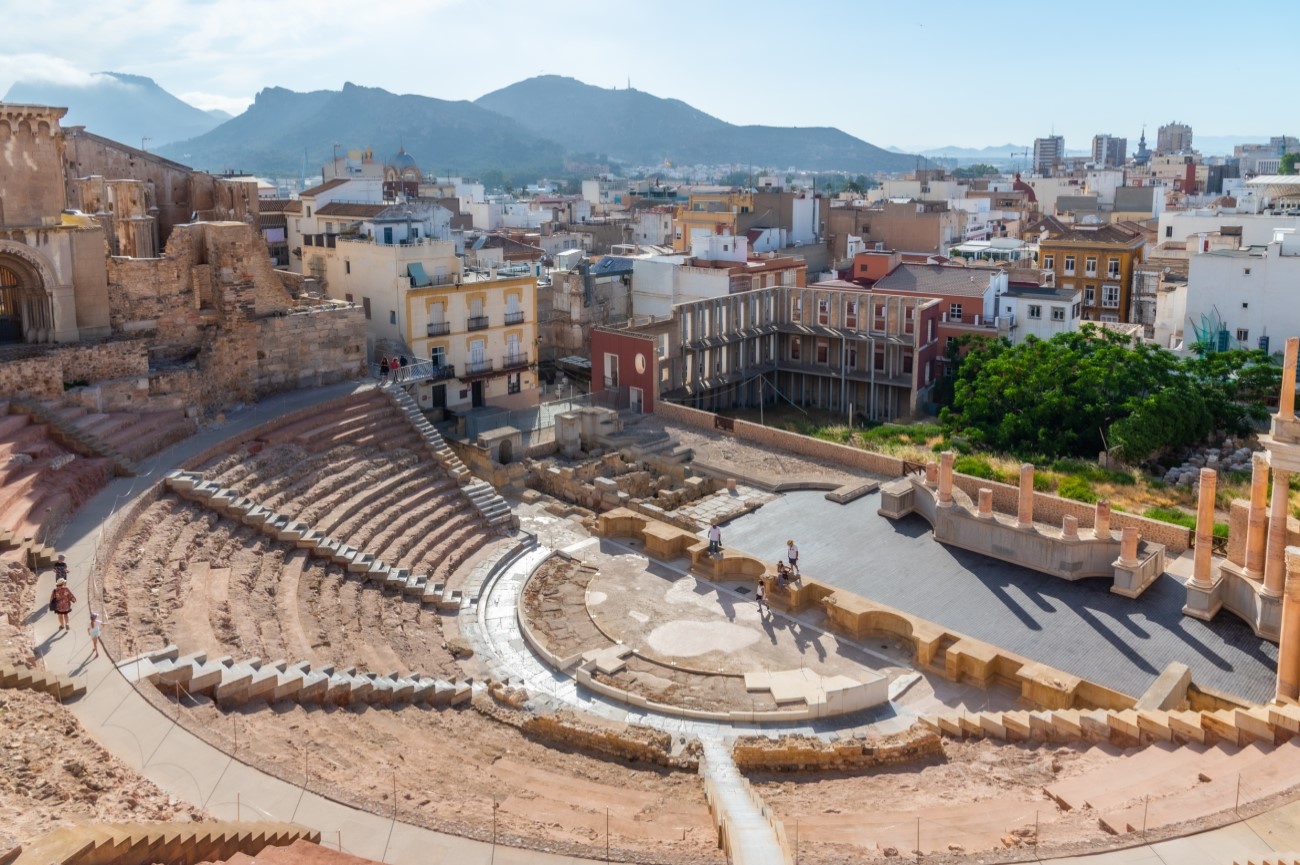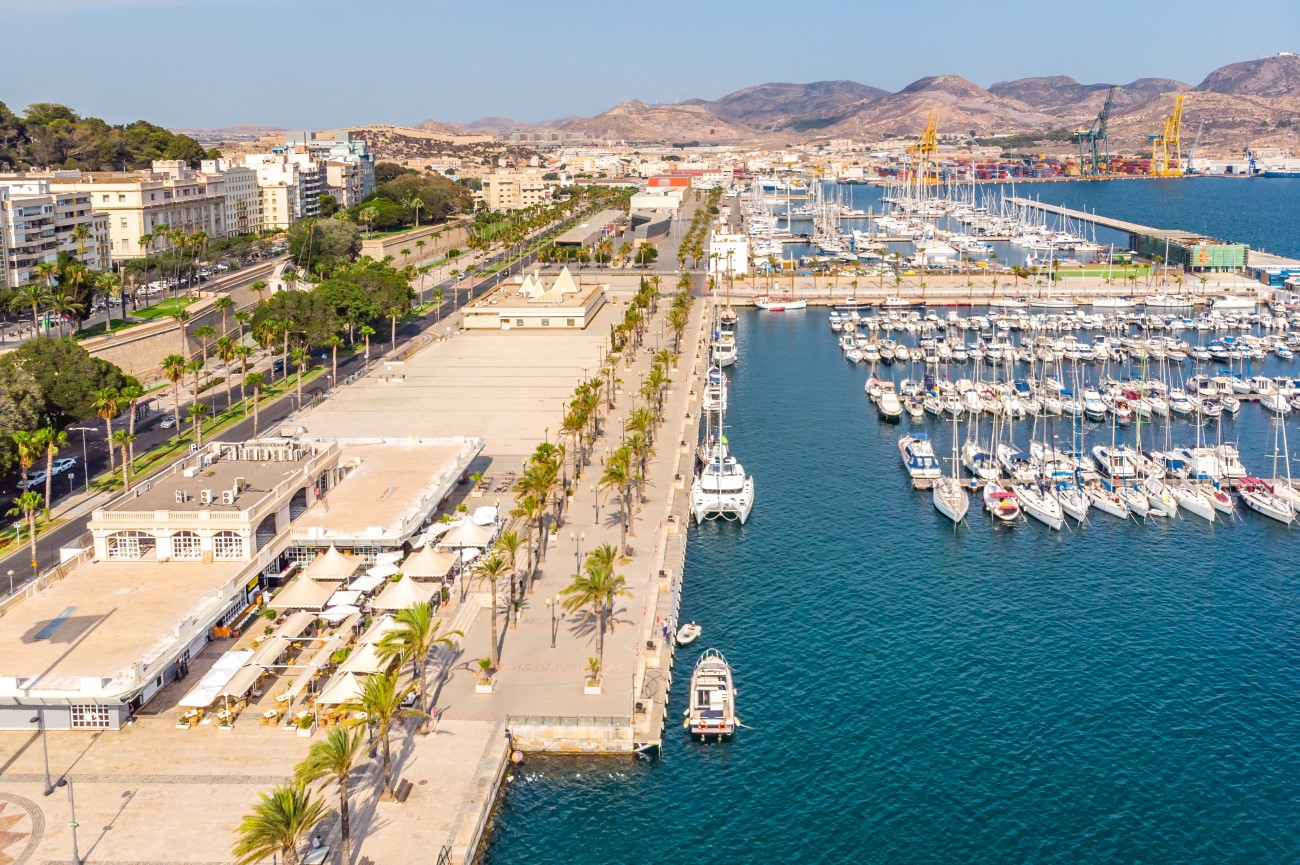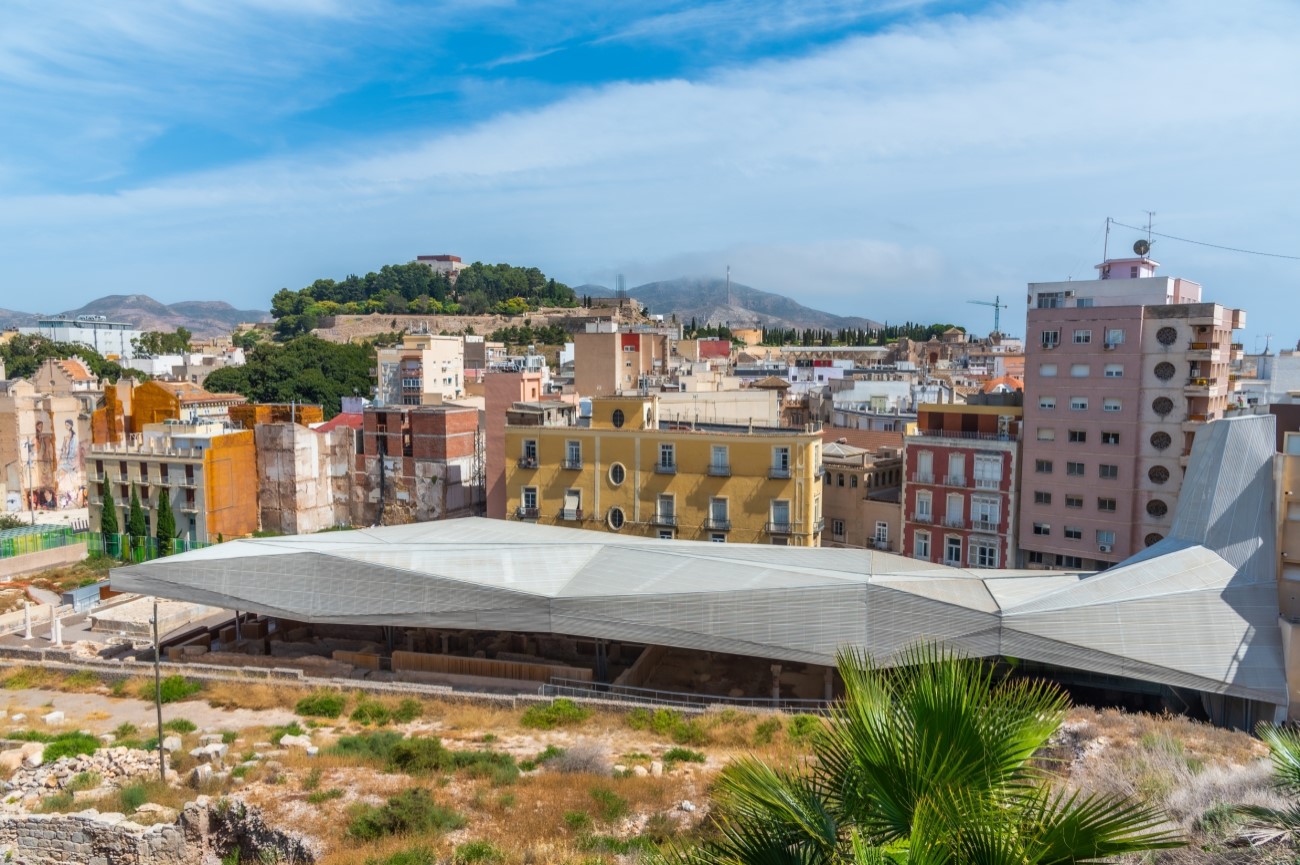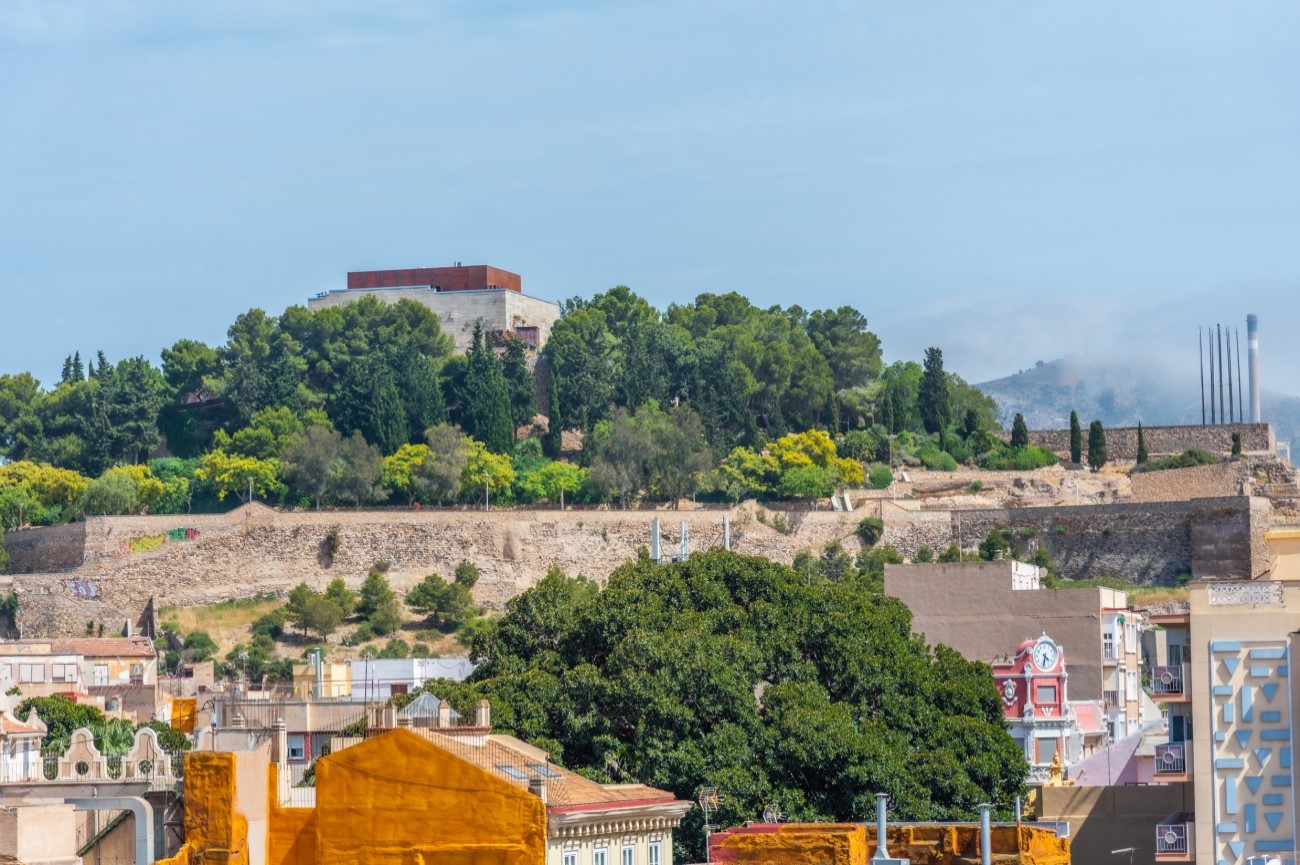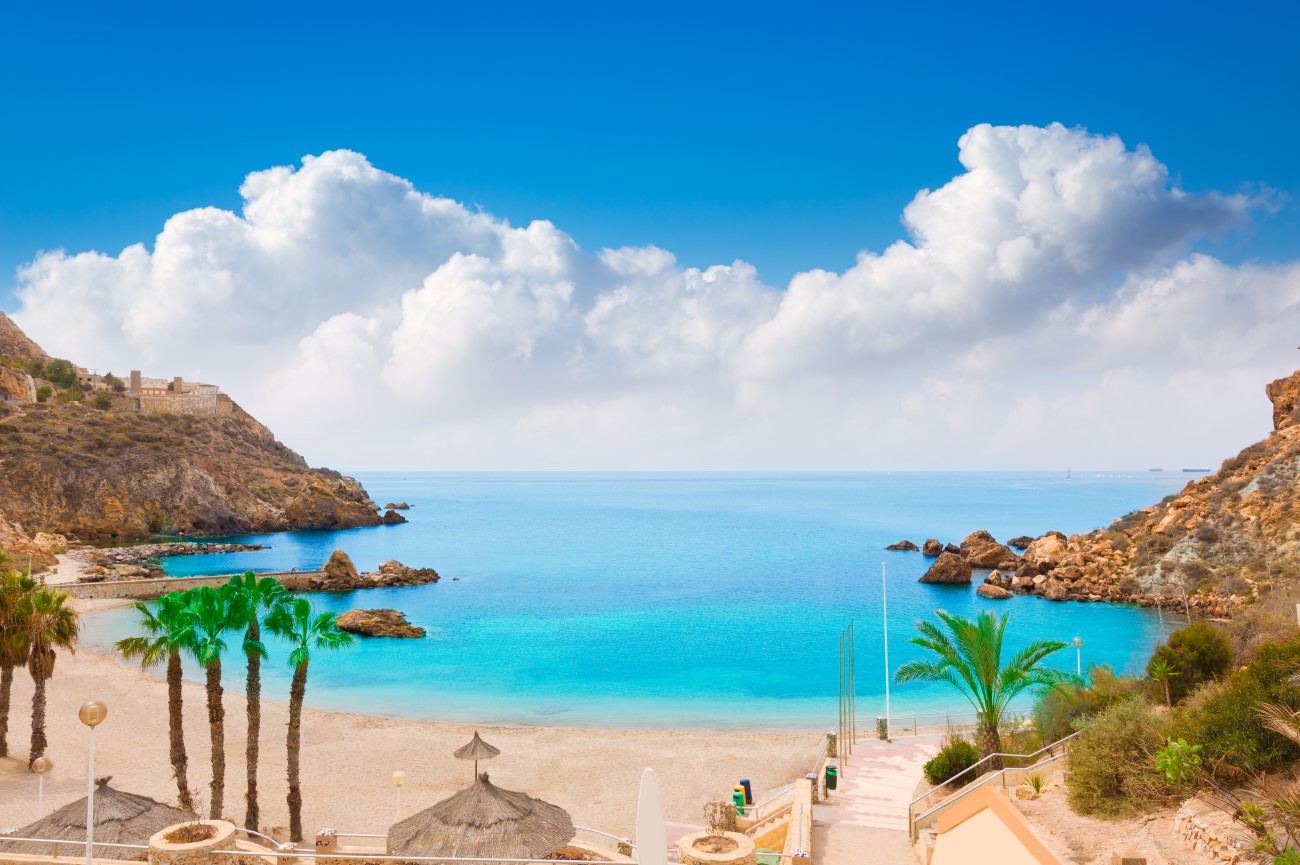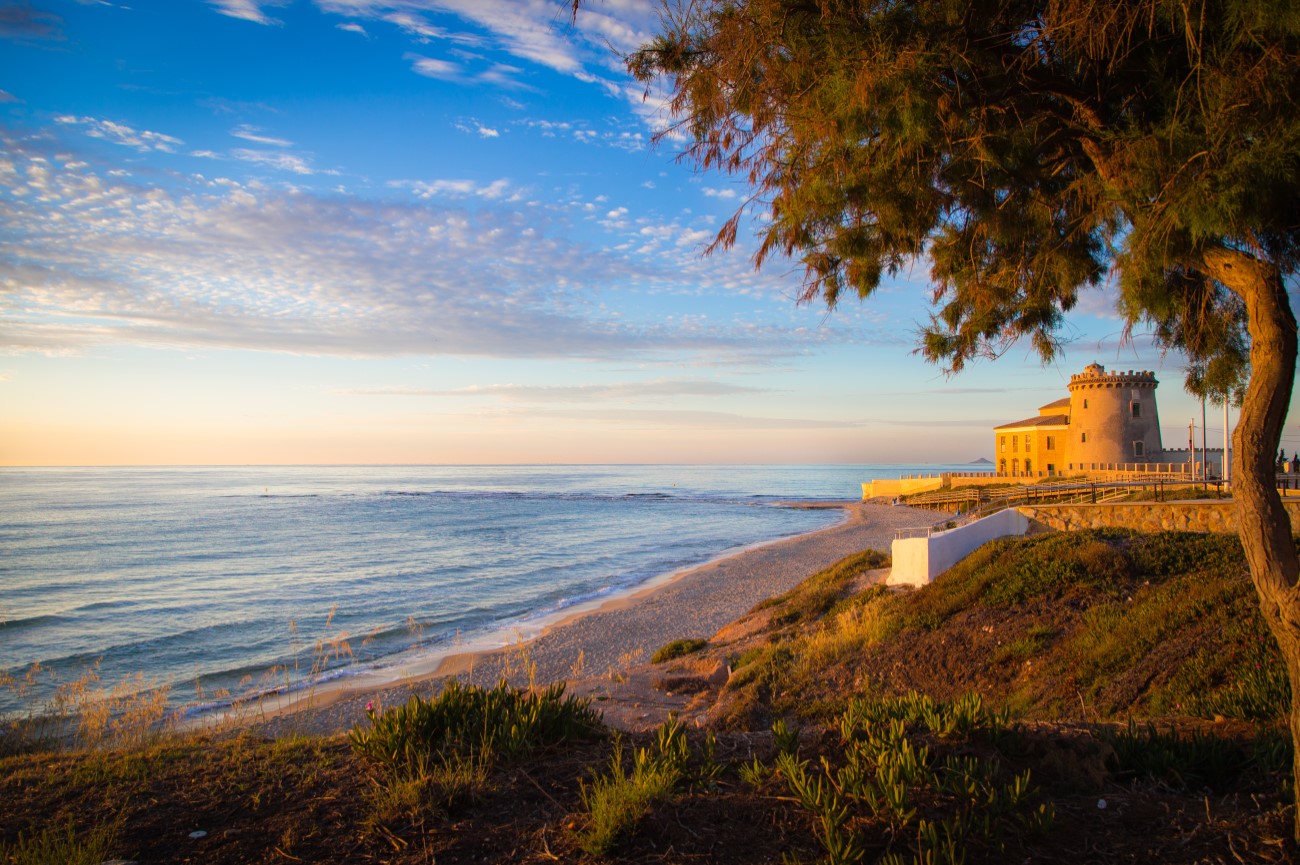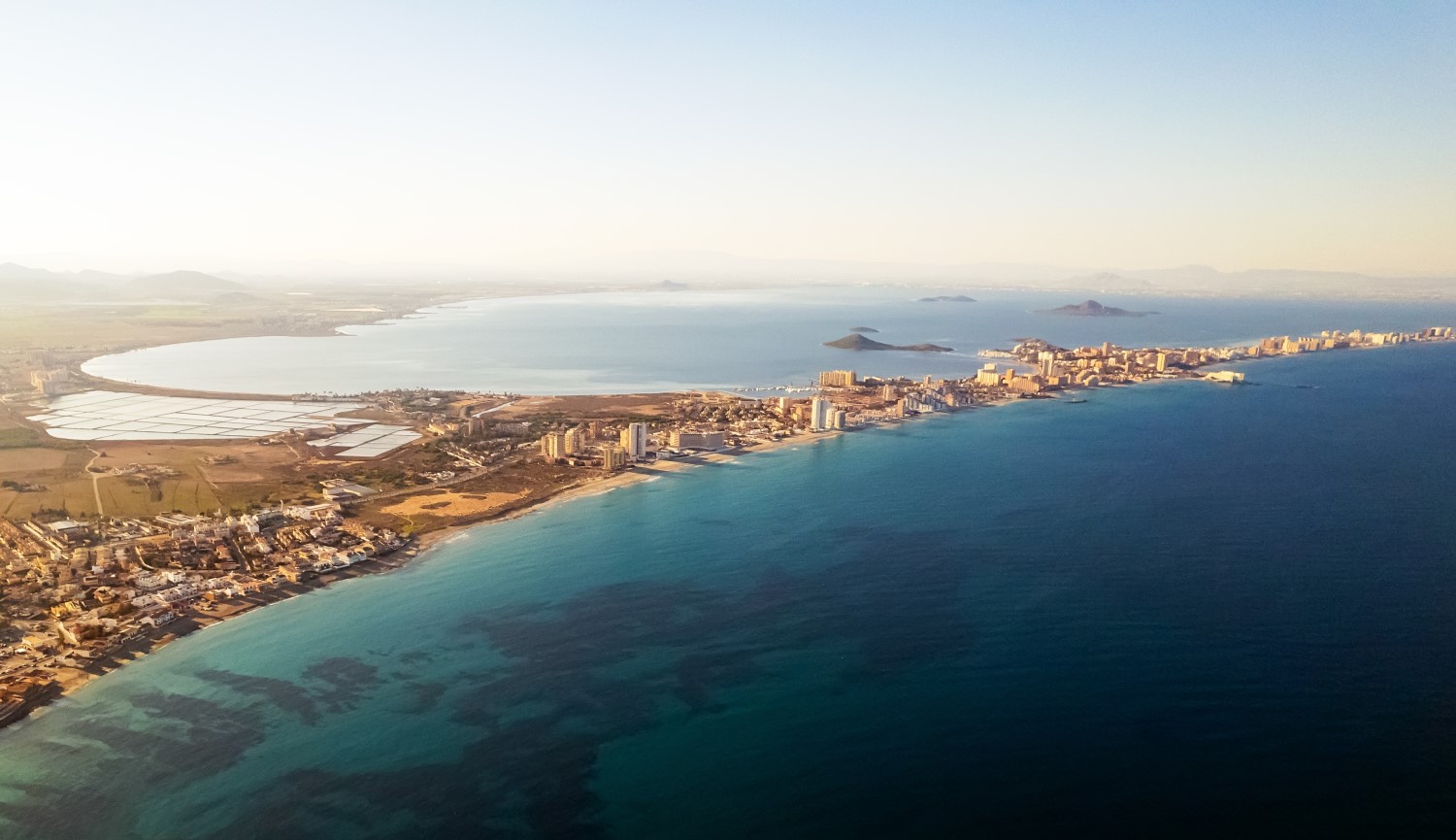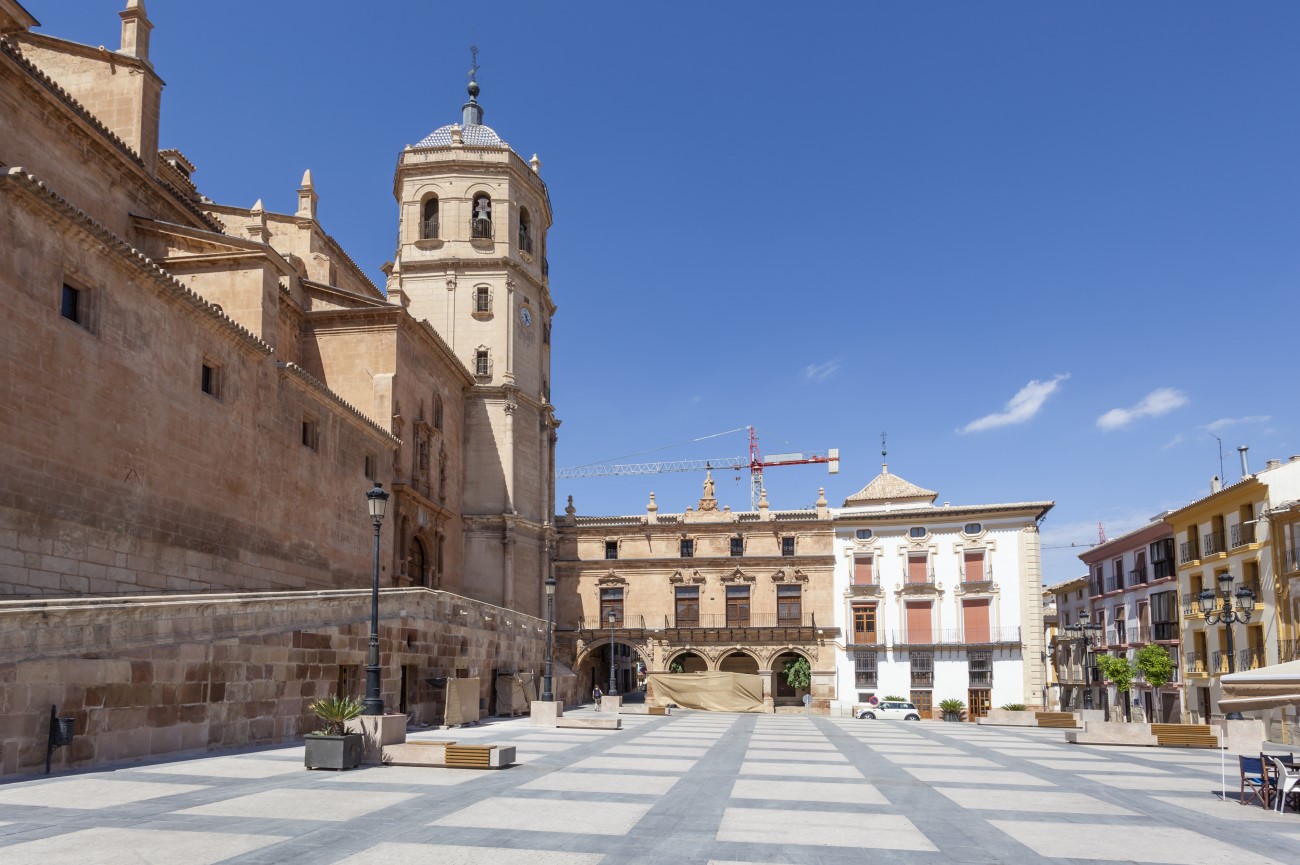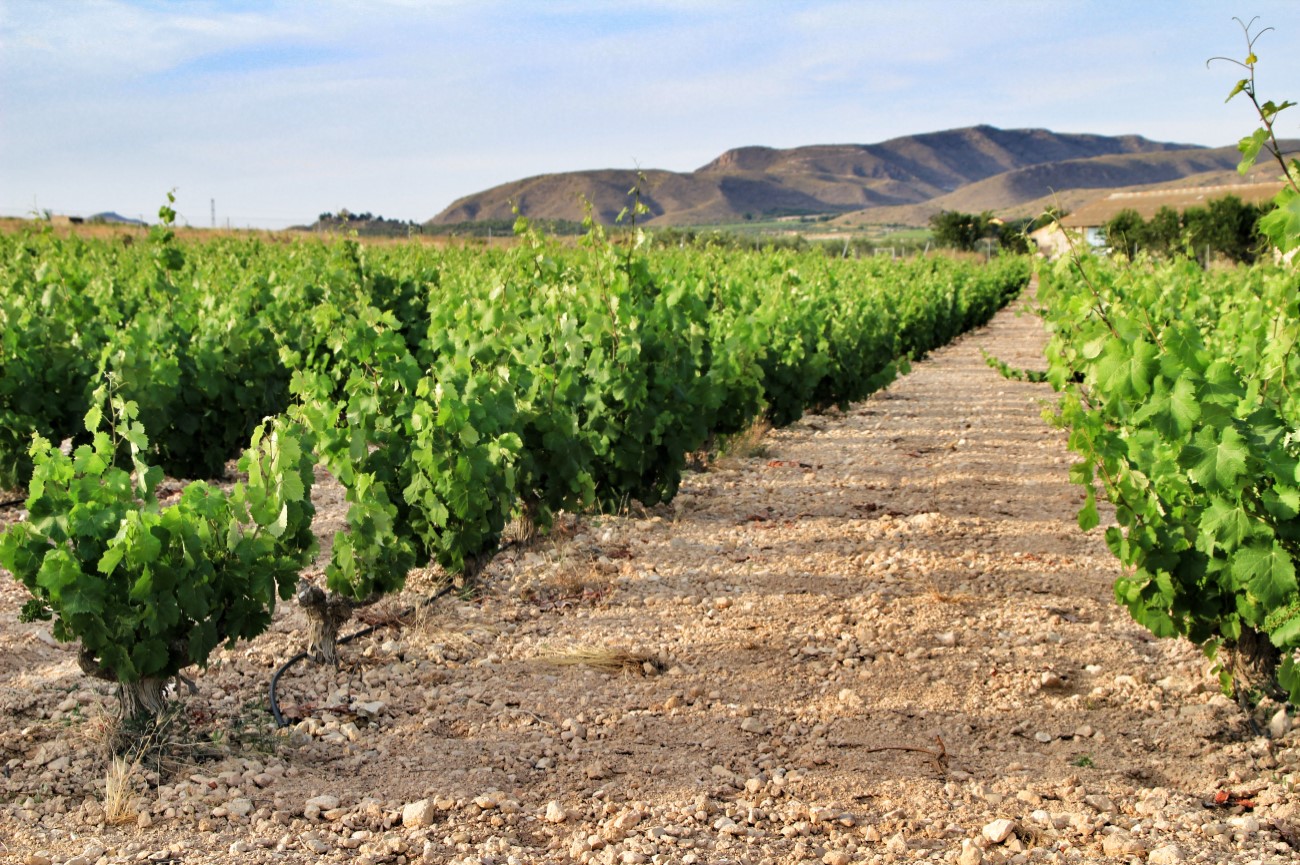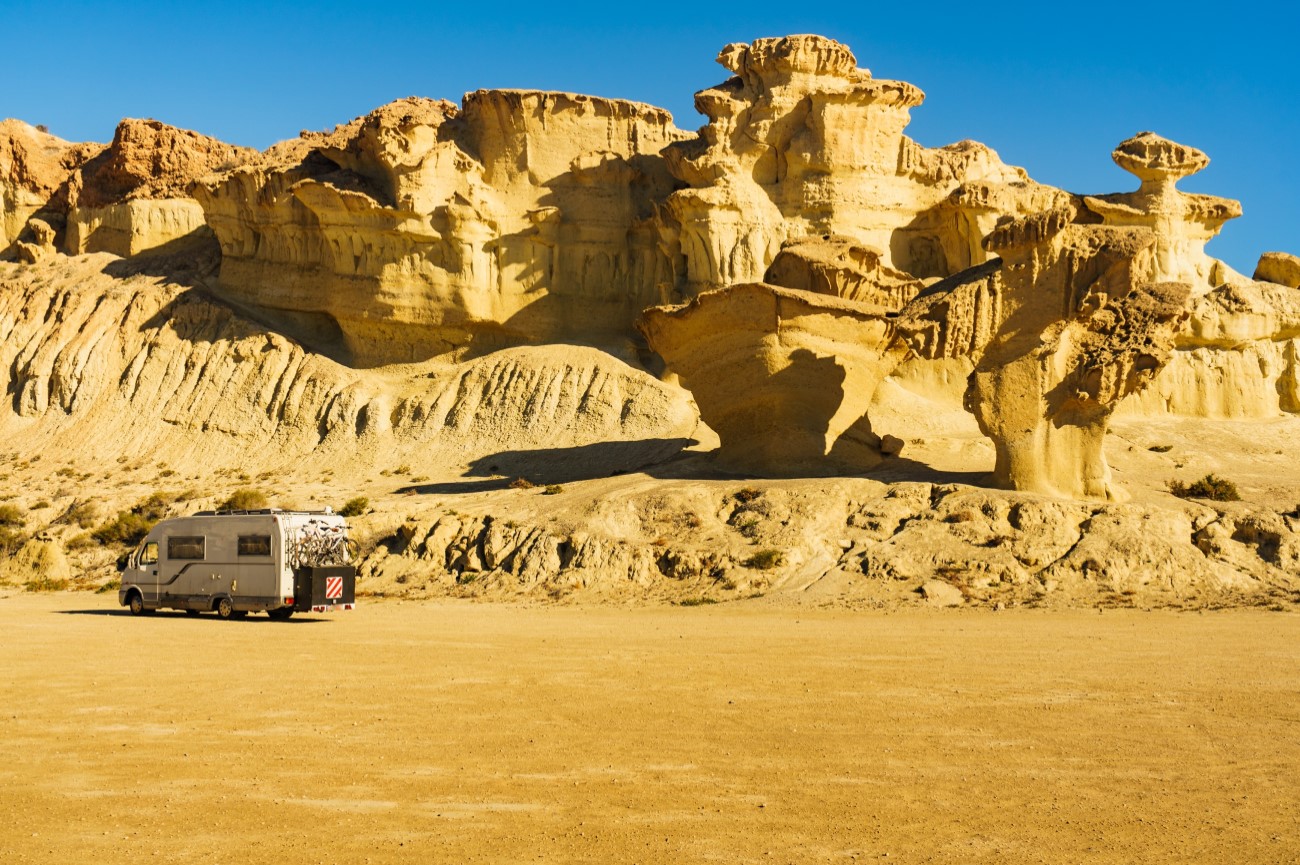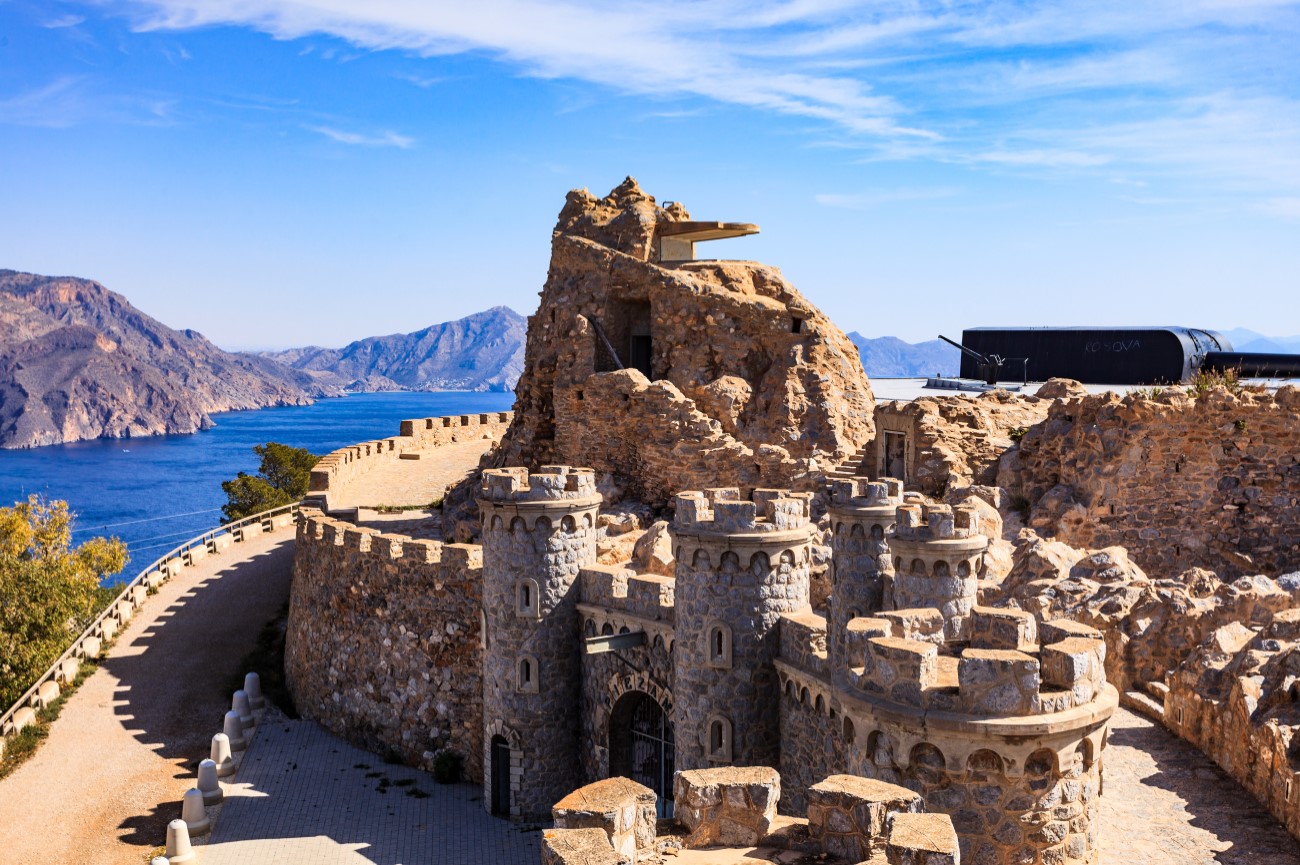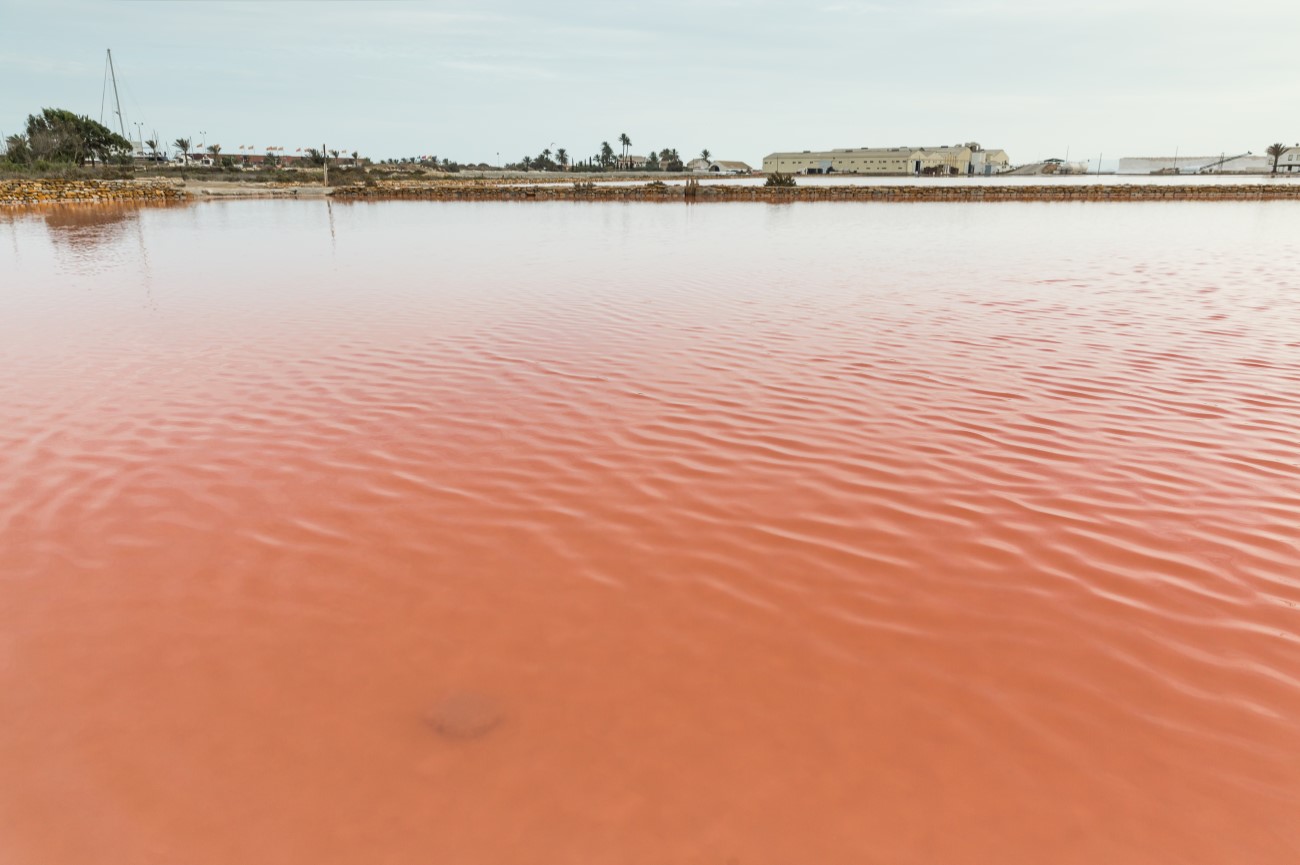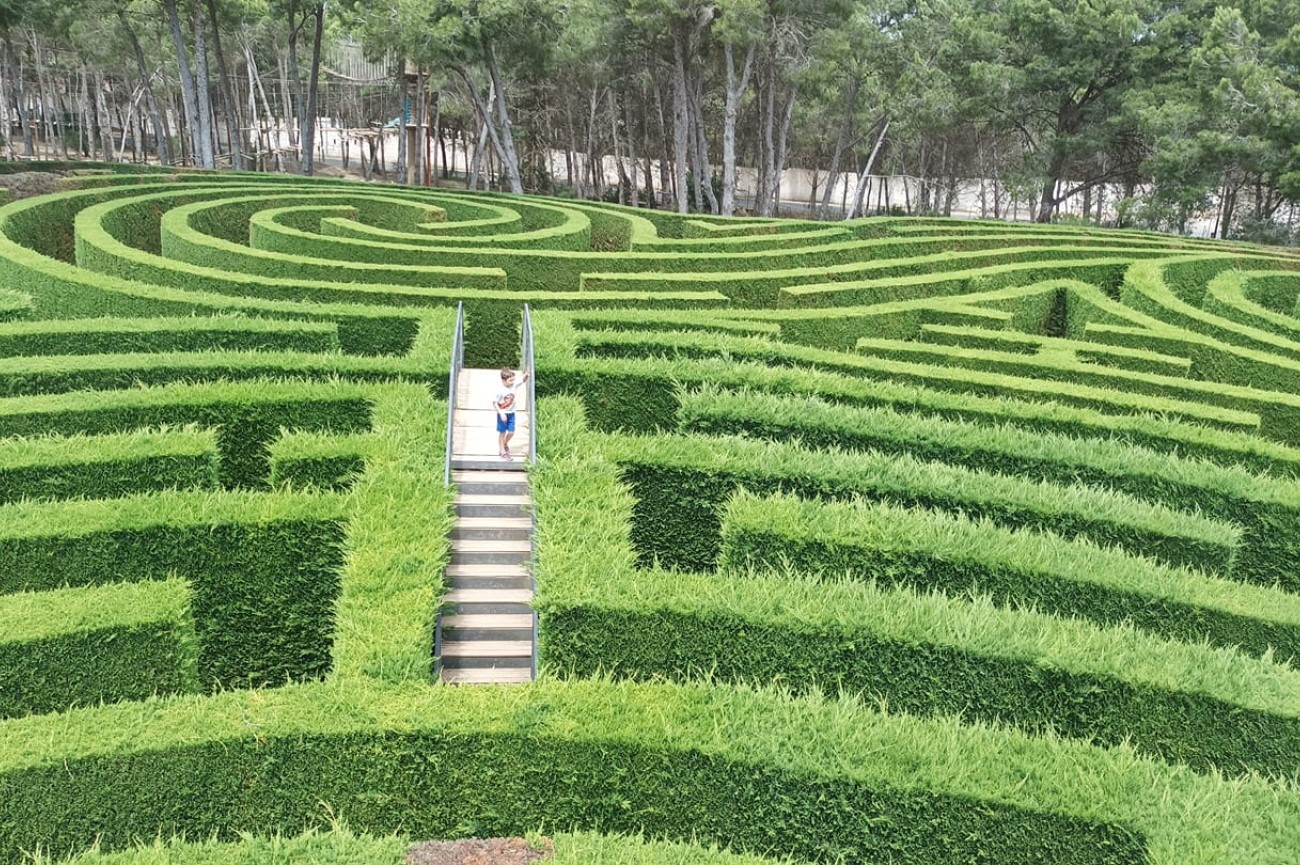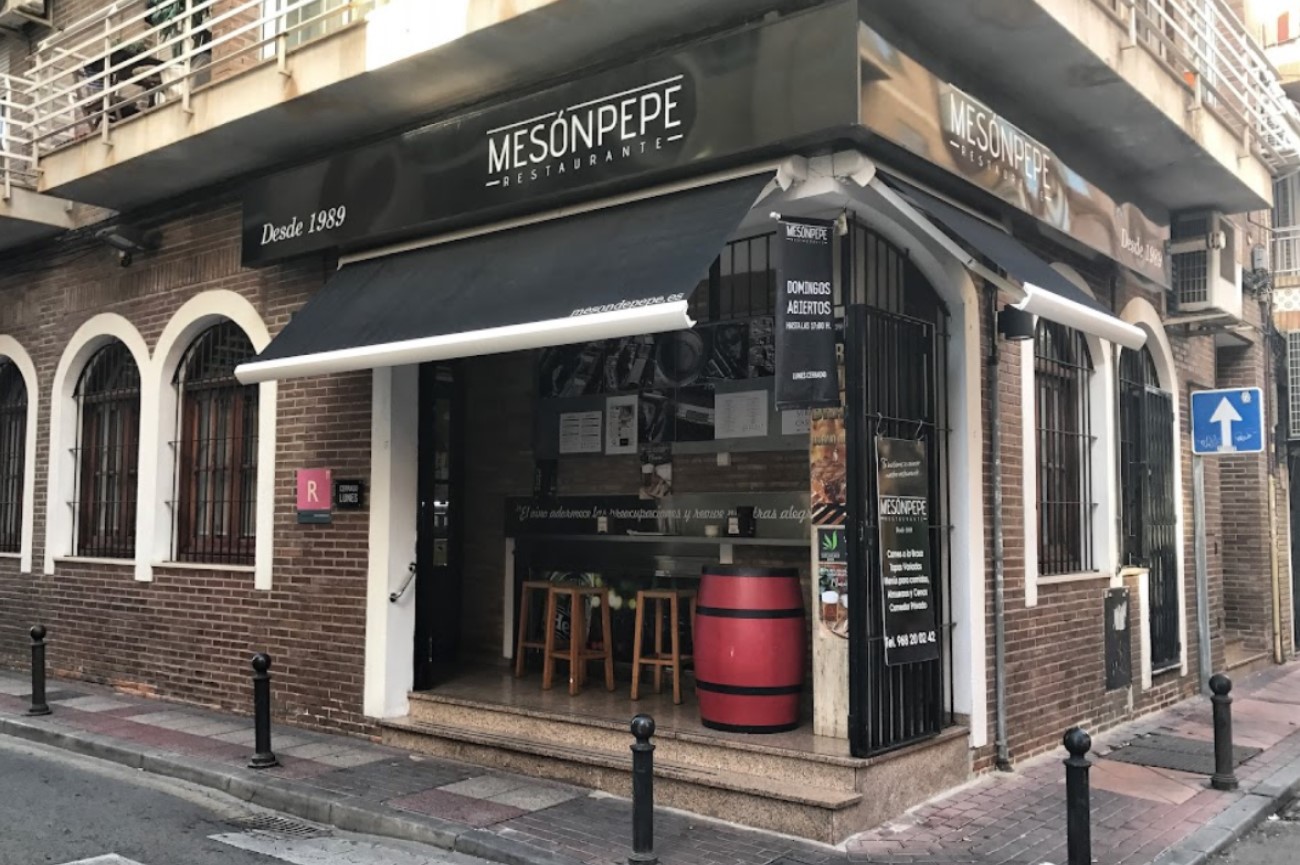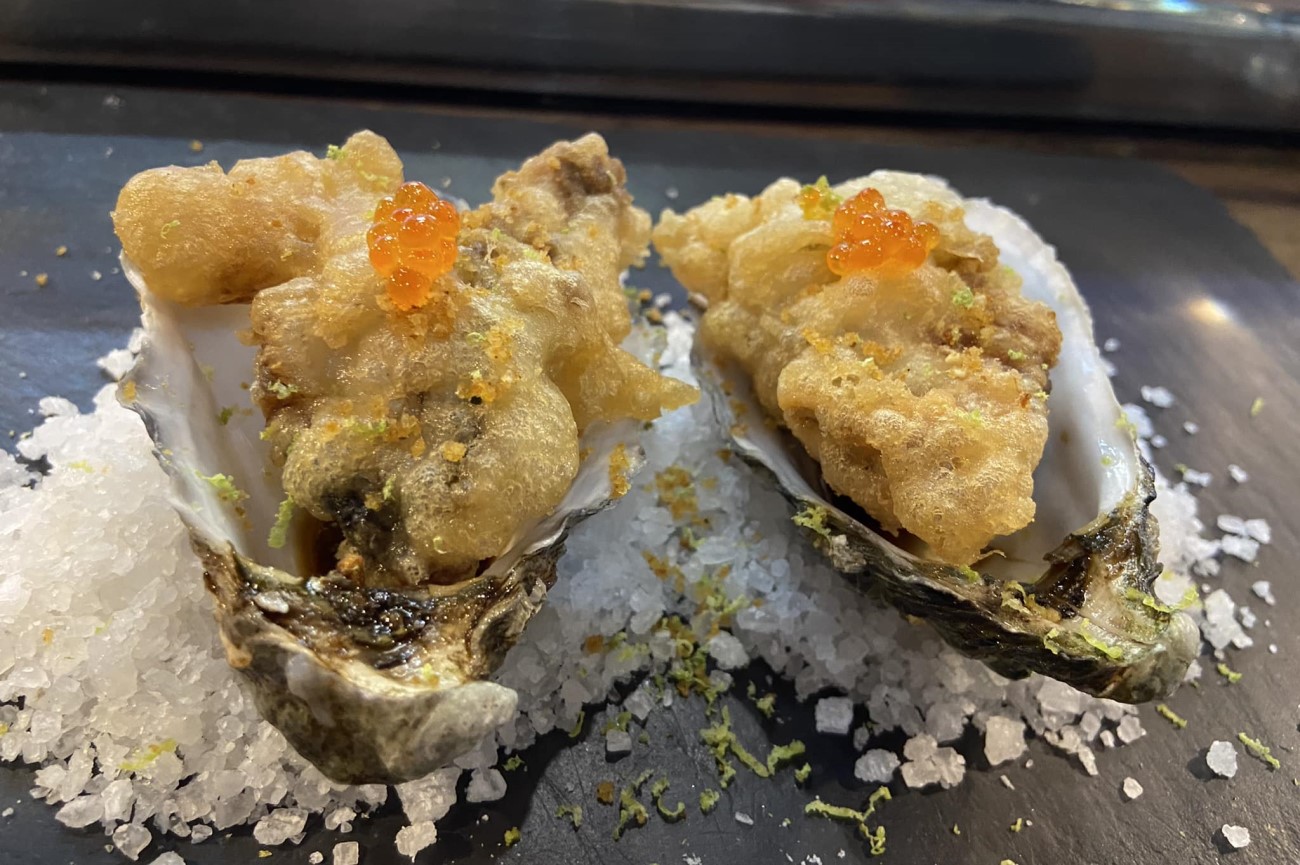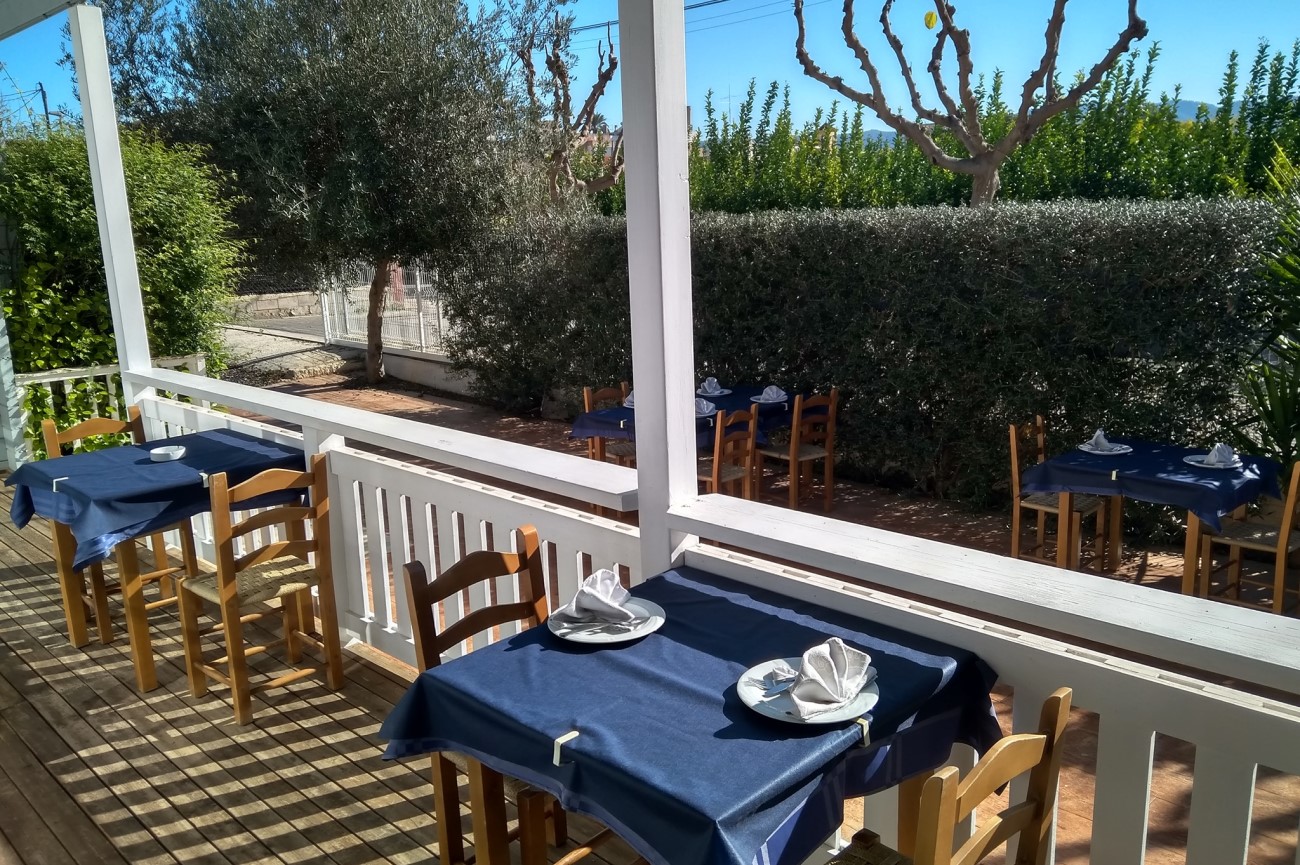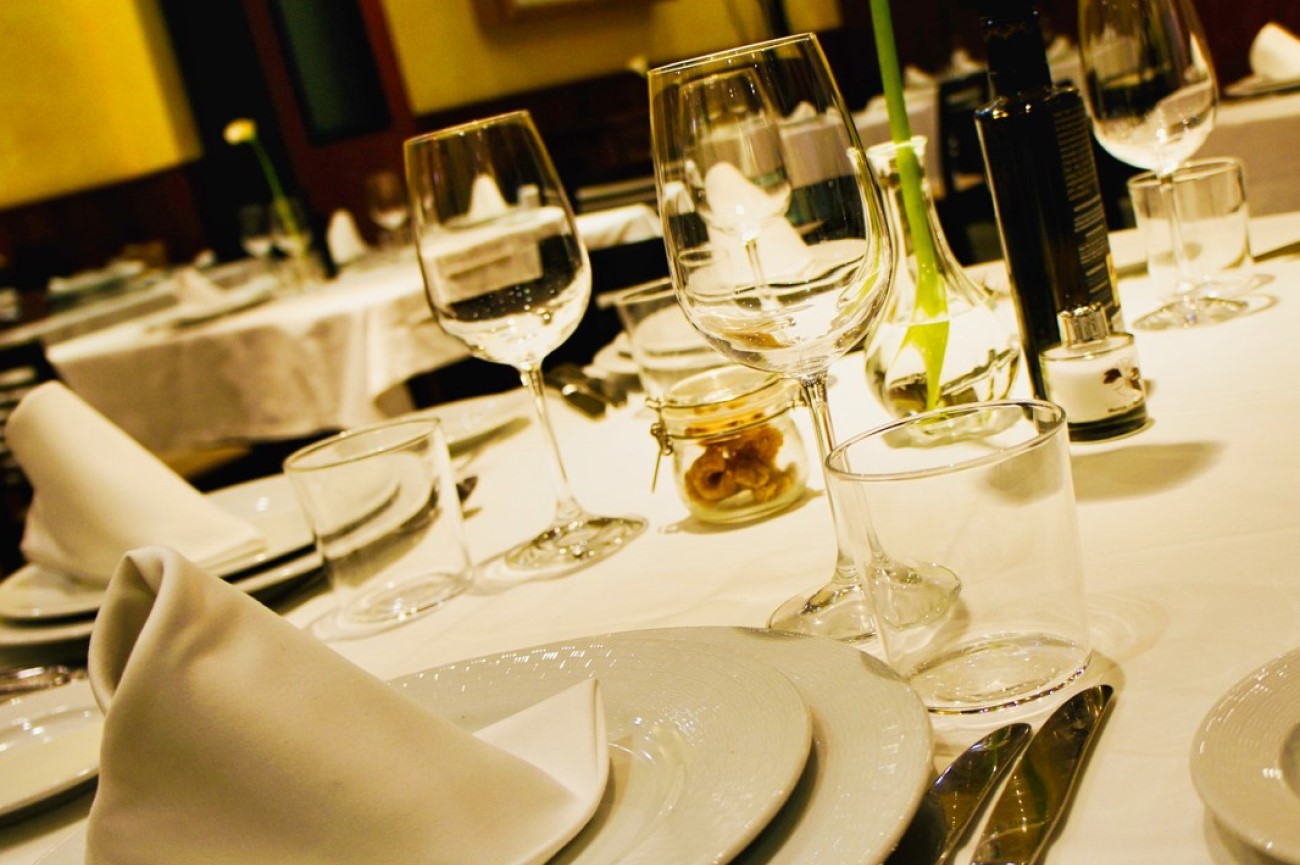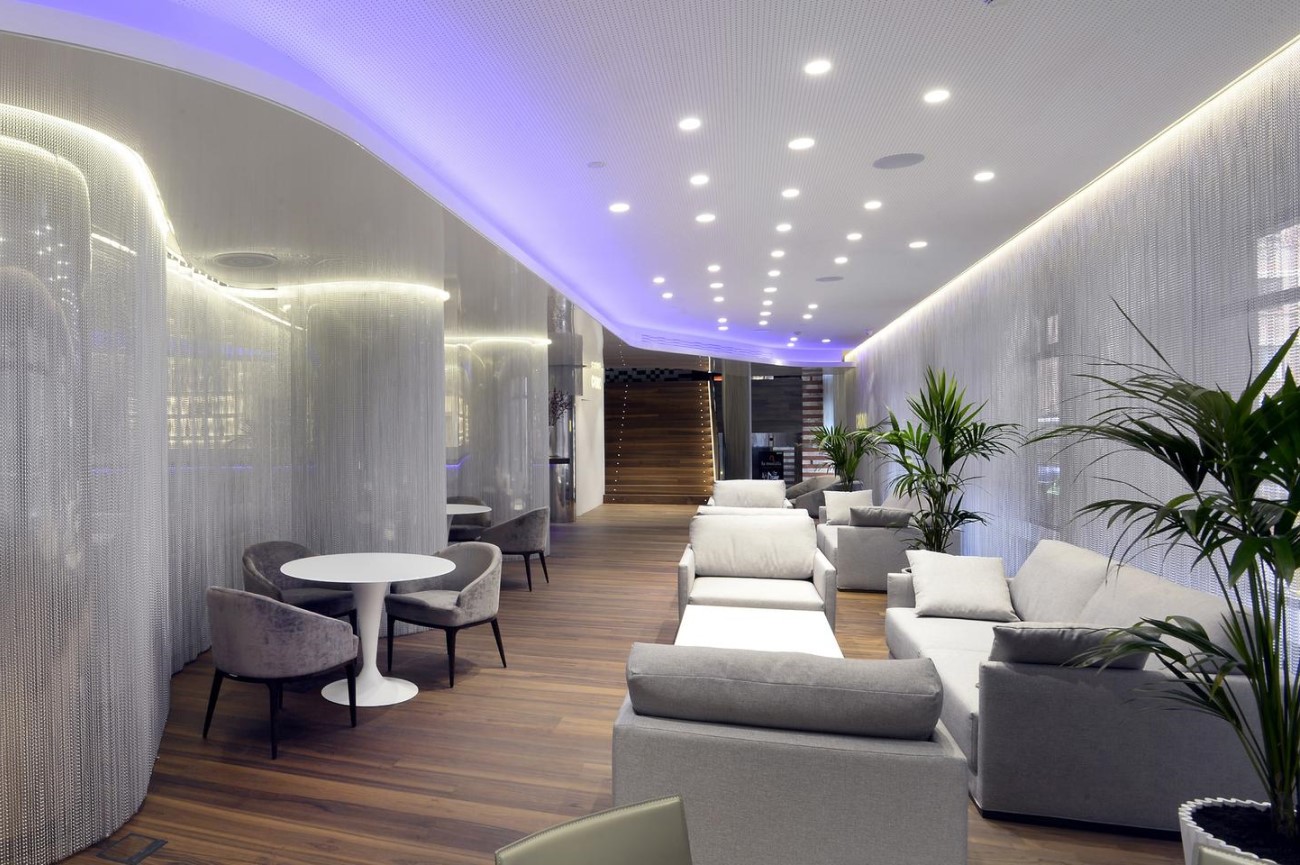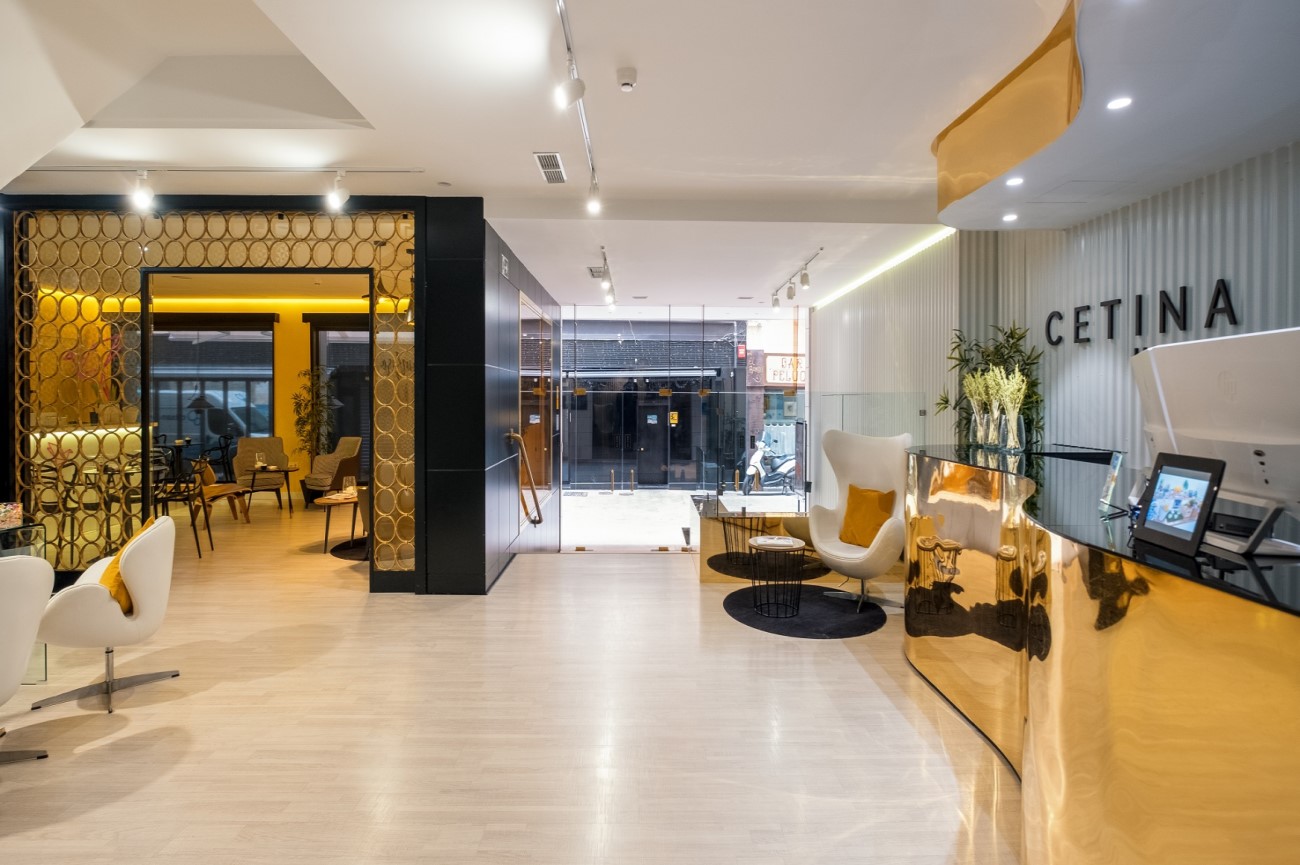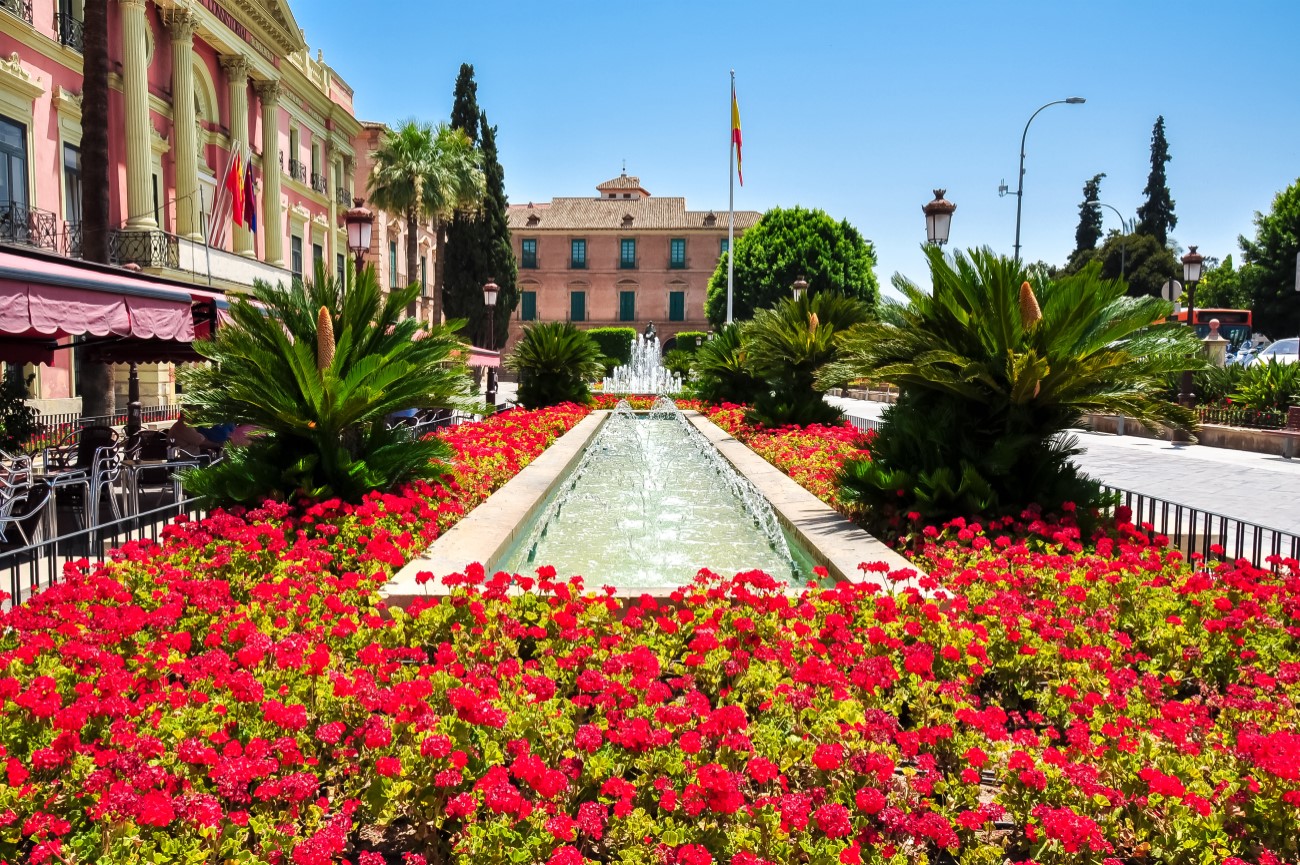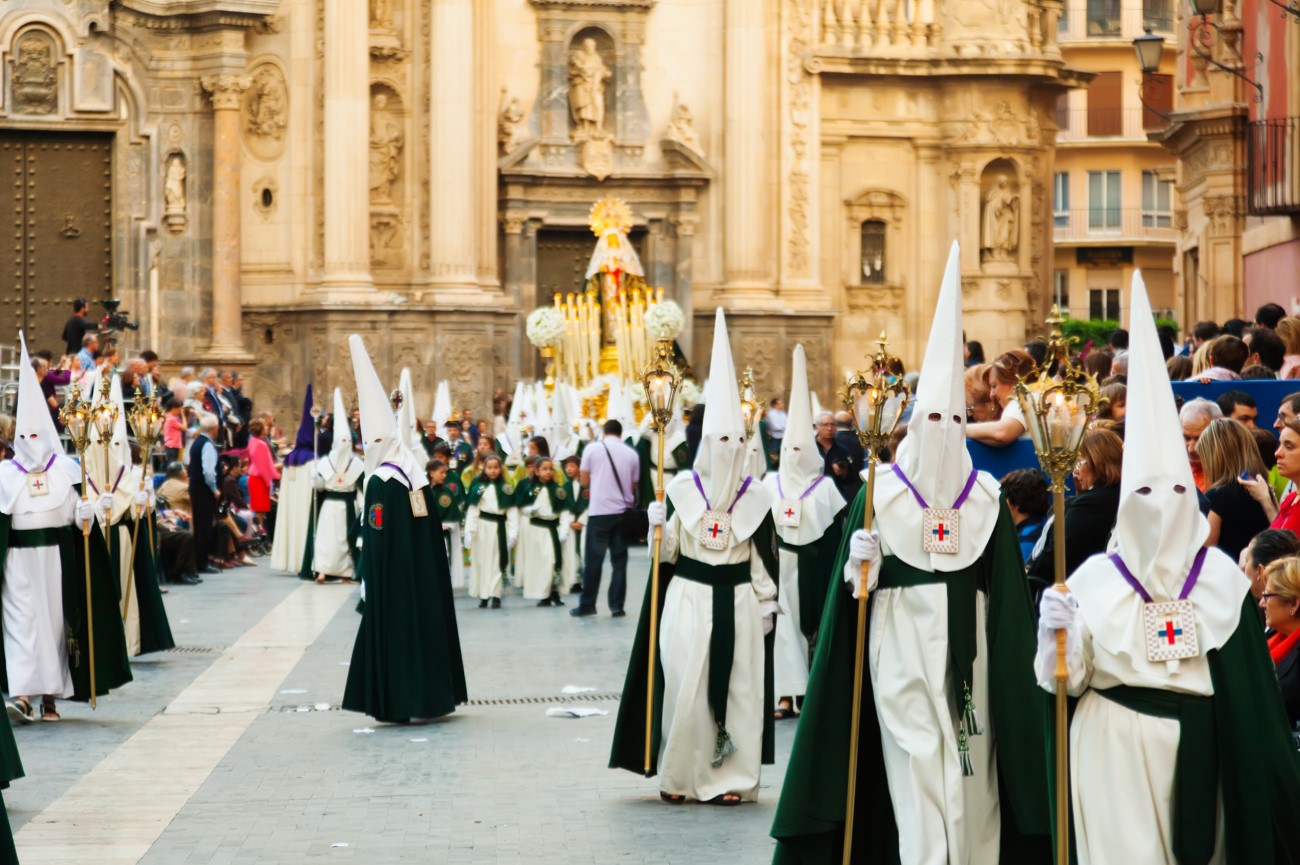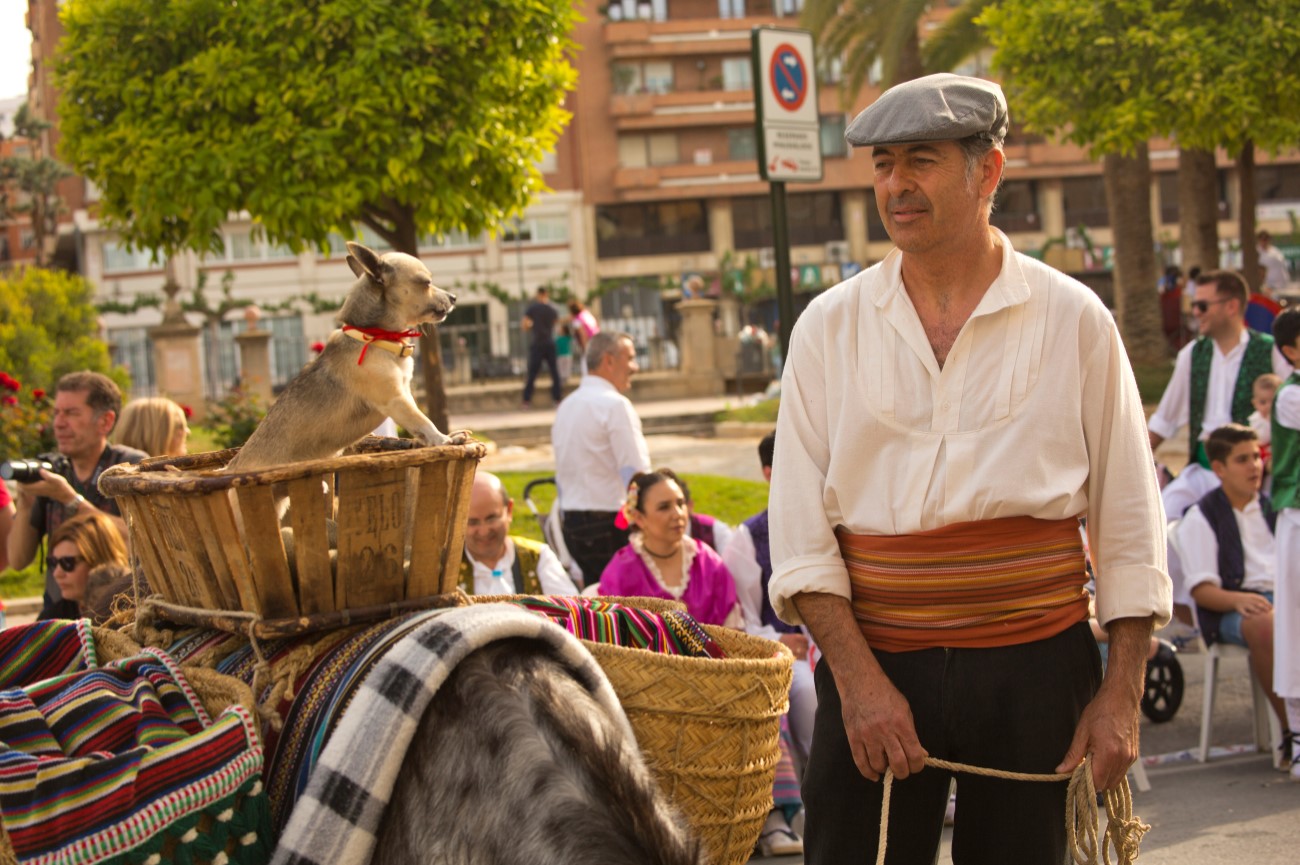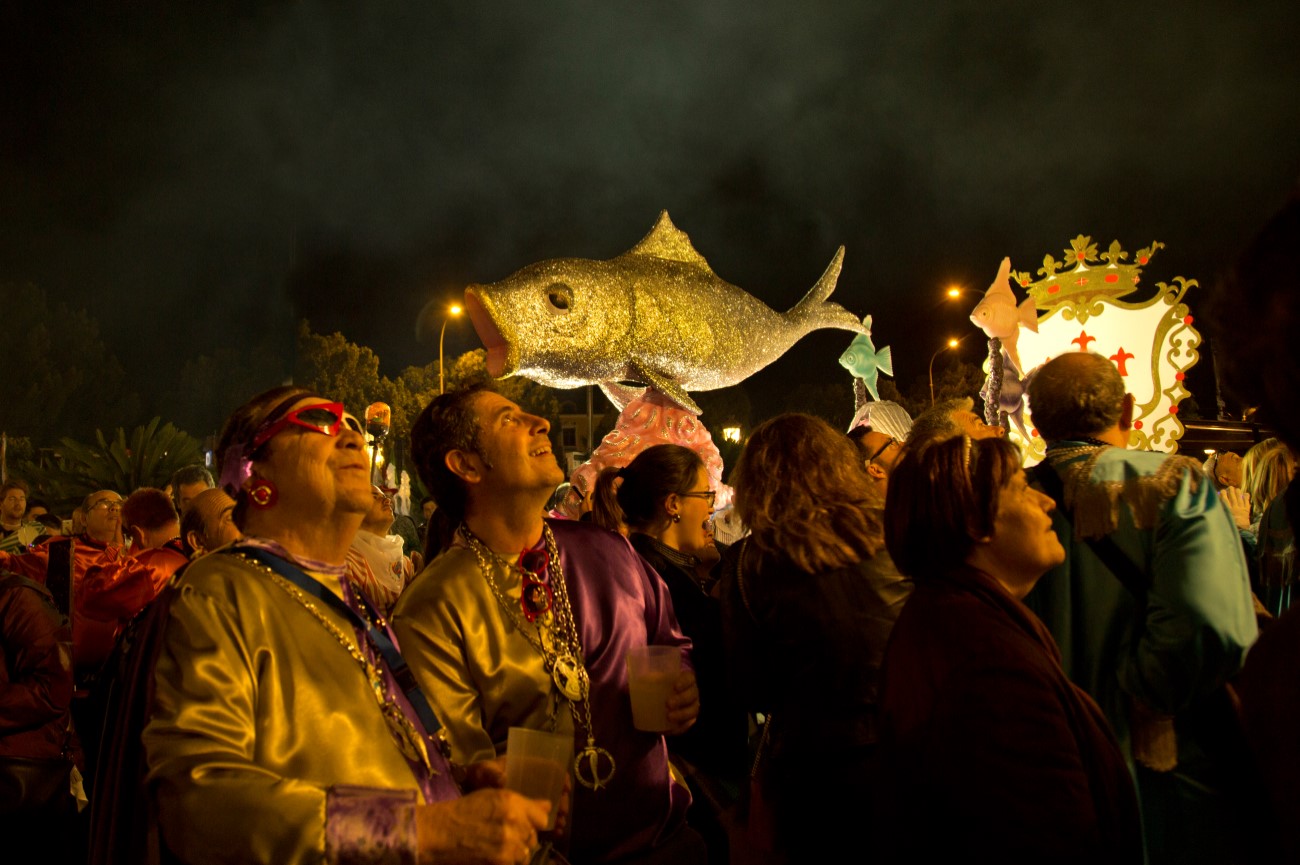Things to do in Murcia, Spain - 3 days itinerary
The Region of Murcia may not get as many visitors as neighbouring Andalucia and Valencia, but this area has a lot going for it. From the pristine beaches along the Costa Cálida to the incredible Roman heritage in Cartagena, plus delicious tapas and wine, there is plenty to keep you busy.
Sharing the same name as the region, the capital city of Murcia is a small and relaxed spot with a handful of iconic sights, like the Cathedral and the Real Casino. This sunny city has been nicknamed 'La Huerta' thanks to its surrounding orchards, and it's the perfect base to explore the region.
Our three-day itinerary includes the best things to see in Murcia, including tips on places to stay and where to eat.
Day 1

Morning: Murcia Cathedral
The Cathedral is perhaps the most famous landmark in the city. Located in the central Plaza del Cardenal Belluga, this 14th-century church took about three centuries to finish. That explains the mix of architectural styles, which include Baroque, Gothic, Renaissance and Neoclassical elements. Inside, you can explore the beautiful chapels, climb up the 305 foot-high bell tower and see the tomb of King Alfonso X. Also in the plaza is Murcia’s town hall, a contemporary building with sandstone pillars designed by Rafaël Moneo and the beautiful 18th-century rococo Episcopal Palace.
Real Casino de Murcia
Another place worth visiting is the Real Casino de Murcia. Still a private gentleman’s club these days, the building was erected in the mid-19th century for the city's elite society. Book a tour and visit the luxurious interiors, which include an opulent ballroom with a ceiling fresco portraying famous cultural figures, a Moorish-style billiard room and a grand courtyard resembling the palaces of the neighbouring region of Andalusia.
Palacio del Almudi
Before you stop for some well-deserved tapas, head to Palacio de Almudi. This beautiful building, currently used for temporary art exhibits, was completed in 1629 and is the perfect representation of the wealth that came into Murcia during the silk industry era. Once inside, you’ll be able to admire the beautiful Tuscan-style hall featuring rows of columns and broad arches. On your way out, make sure to look up to capture a relief of the Habsburg coat of arms with the emblem of the city of Murcia around it.
Afternoon: Paseo del Melécon
Take a stroll along the city's famous promenade. Erected in the 15th century, the Paseo del Melécon goes deep into an orchard that surrounds the west side of Murcia. Inside the gardens are a number of playgrounds and sculptures like the Portada del Huerto de las Bombas.
Jardin de Floridablanca
Cross over the river and head to the Jardin de Floridablanca, a green oasis in the city where residents shelter from the scorching sun in the summer. This is the city’s oldest public park, with doors open since the mid-19th century. Connected to the city via the famous Ponte Vieja, aka Puente de los Peligros, the park is full of colourful flower beds, plenty of shaded areas and old ficus trees with buttress roots that spread everywhere.
Plaza de Cardenal Belluga
Finish your day back at Plaza de Cardenal Beluga. At night the square turns into a lively spot for locals, thanks to its numerous cafes and bars. Take this opportunity to grab dinner or a drink and enjoy the architectural sights around you.
Day 1 - Murcia Tour Map
Day 2

Morning: Mercado de Abastos de Verónicas
Start your day at the city's central market by grabbing breakfast and then going food shopping. If you want an authentic experience, look for some of Murcia’s 'Denominación de Origen' ingredients like cured goat cheese or the Calasparra rice, a very absorbent variety which works well in stews and soups. You can also find paprika in abundance, as it is a core ingredient of many Spanish dishes growing in the Murcian countryside.
Museo de Santa Clara
Established in the 1300s on the site of the former Murcian Moorish Alcazar, this working convent still features traces of Arab architecture, like the iconic horseshoe-shaped arches. Unfortunately, only a quarter of the complex is open for visitors, but that is surely enough to get a taste of the beauty of this structure.
Afternoon: Santuario de Nuestra Señora de la Fuensanta
Just 6km south of the city of Murcia is this natural parkland where locals head for a bit of fresh air. Hop on a taxi towards the Santuario de la Fuensanta for the best panoramic views, especially at sunset. Construction of this church began in 1694 and took nine years to complete. While it got damaged during the Spanish Civil War, it is now restored. The surrounding trails are lined with wild herbs like thyme and rosemary and wind up in forests of Aleppo pines and Hermes oaks.
Plaza de Las Flores
Once more, we’re going to end the day in one of the lovely plazas of Murcia. Plaza de Las Flores is located in Murcia’s Old Quarter and is the place of choice for tapas and an alfresco drink. In summer, try the famous Tinto de Verano, made with red wine and fizzy lemonade. With a central fountain as the main attraction, this plaza is a short way west of the cathedral and got its name from the many florists’ shops, which are still in business today. The townhouses around the square are from the late 19th and early 20th century, like the Edificio de Tejidos Abad with its stunning window bays.
Day 2 - Murcia Tour Map
Day 3 - Cartagena Day Trip

Morning: Cartagena Old Town
On your last day in Murcia, head to the beautiful city of Cartagena, about a 1h30 minute train from the capital. Once there, explore the lively streets of the old town, deeply influenced by the striking architecture of the neighbouring region of Andalusia. Among the highlights here is the Plaza de Ayuntamiento.
Palacio Consistorial de Cartagena
Standing at the Plaza de Ayuntamiento, you’ll spot the Palacio Consistorial de Cartegena, home to Murcia’s city hall. Guided tours take you inside this Modernista building, where you’ll encounter a stunning marble staircase and stained glass windows. At night this magnificent structure gains a new life when the lights turn on.
Afternoon: Roman Theatre
After wandering around the old town, it’s time to head to the main attraction of the Murcian Region, the Roman Theatre. You can see it from a distance, but it’s worth paying the entry fee to learn more about the history of this site. Dating as far back as the 5th century BC, the Roman Theatre was only recently uncovered following excavations in the 1990s. The tour begins with a short film showcasing how this area used to look and continues to a small museum with artefacts before finishing at the theatre.
Cartagena Port
From the theatre, head towards the city’s port. Take a walk along the waterfront dotted with statues and sculptures. From here, you can see the town walls and cruises coming in. Nearby is the Naval Museum, which showcases over 3,000 items related to the city's navy past. In summer, you can take a boat tour from here that passes through several historical sites, including forts and lighthouses.
Roman Forum
Another Roman site worth checking is the Forum. Located on the Molinete hill, this is considered one of the largest archaeological sites in Spain. It includes the remains of a town, with traces of a street and thermal baths dating back to the 1st century BC. You’ll also find wall paintings in one of the houses.
Punic Wall
Inside this small museum, you’ll find the remains of Cartagena’s first defensive walls, a legacy from the Carthaginians. There is also a funeral crypt dating back to the 17th century.
Castillo de la Concepción
For the best city views, take a 20-minute walk to the Castillo de la Concepción. Alternatively, you can save your legs and hop on the panoramic lift for a small fee. Visit the Centro de Interpretación de la Historia de Cartagena to learn more about the city’s history. Then sit back and take in the views of the Roman Theatre and the sea below you. If you’re lucky, you might catch a peacock parading around the gardens.
Cala Cortina
If time allows, head to the coast and enjoy the rest of your day on one of the best beaches in Cartagena - Cala Cortina. Finding the best beach isn't hard, as this is the only beach in town. Alongside the sandy cove are a series of tapas and wine bars where you can unwind.
Day 3 - Cartagena Tour Map
Other things to do in Murcia:
- Costa Blanca: If you’re craving a bit of beach time, head directly east to the famous Costa Blanca. Torre de la Horadada has two sandy Blue Flag beaches, with great chiringuitos (beach bars) where you can grab a bite to eat.
- Mar Menor: Don’t be fooled by the name Mar Menor (or Lesser Sea, roughly translated to English) is one of the largest lagoons in Europe. This saltwater lagoon is disconnected from the Mediterranean Sea through a 20km sand bar and is highly used for all types of watersports. Golf is also popular here.
- Lorca: The medieval castle situated in the town of Lorca is another highlight of this region. The complex established between the 9th and 15th centuries includes the remains of the Synagogue. Beyond the castle, it's worth wandering around the old town, passing through Plaza de España, the San Patricio Collegiate and visiting museums like the Museu Arqueologico or the Museo de Bordado.
- Murcia Wine Route: Murcia is also a wine region. If you're in the mood for a wine tasting, you can tour the wine cellars spread across the municipalities of Yecla, Jumilla and Bullas. If you’re lucky, your trip will coincide with one of the many wine events held year-round, like the harvest, running from late August to early November.
- Ciudad Encantada de Bolnuevo: The Enchanted City of Bolnuevo is one of the most incredible places in Mazarrón, especially if you’re a photography lover. The Gredas de Bolnuevo, a naturally sculptured rock formation, has been declared the first Natural Monument of the Region of Murcia. These limestones are located right in front of the beautiful beach of Bolnuevo.
- Batería de Castillitos: This military battery was constructed in the 1930s in a medieval castle style on Cabo Tiñoso, in the western area of the Cartagena Coast.
- Salinas y Arenales de San Pedro del Pinatar: Stretching for six kilometres, this nature reserve features salt flats, sand dunes and pine forests. It's an ideal spot for birdwatching, with flamingos flocking here around late June.
Top things to do with kids in Murcia
There are plenty of activities to do with kids in Murcia. Families can visit the Terra Natura animal park to spot animals like lemurs, lions and hippos. The venue also includes a falconry area and a water park with swimming pools for children and adults, slides and a lazy river ride, making it ideal for a full-day trip.
If you’re visiting in the summer, you can head to the coast. Cala Cortina and Mar Menor offer great opportunities for a swim. In this last one, there’s also an area called Lo Pagan where you can take mud baths. Older kids can enjoy the Parque Rafael de la Cedra, which features a maze, high ropes and a zip liner.
For cultural attractions, you can tour the Cathedral of Murcia, visit the Roman ruins in Cartagena or climb the Castillo de Jumilla.
Where to eat in Murcia
When visiting Murcia, you must try the local cuisine. Nicknamed the “Orchard of Europe”, the region is famous for its fertile soils, which produce much of the fruit and veg in Spain. Fresh vegetables, seafood and delicious desserts are some of the highlights here. Traditional specialities include the Alcachofas de la Abuela, artichokes seasoned with wine, bay leaf and pine nuts and the Caldero Murciano, a rice and fish dish prepared in a cauldron-style pan. For desserts, don’t miss the Cuerno, a pastry horn filled with meringue. Below are some of the best places to eat in Murcia:
- Mesón Pepe: Open in 1989, Mesón Pepe doubles as a restaurant and a bar. It offers a variety of tapas with a focus on fish and shellfish.
- El Pasaje de Zabalburu: Using the freshest ingredients, this fine dining restaurant gives a modern twist to traditional Murcian recipes. Highlights include the caramelized artichokes and the sturgeon confit.
- Chez Marcel: On the outskirts of the city you’ll find Chez Marcel. As the name suggests, this contemporary restaurant focuses on French dishes. It features many game dishes such as deer and duck. There’s also a good selection of wines to pair with the food.
- Restaurante El Churra: Located near Plaza Circular, El Churra serves typical Murcian dishes featuring meat and seafood alternatives. The restaurant's cellar features over 250 wine labels.
Where to stay in Murcia

- Hotel Murcia Rincón de Pepe (4 stars): This contemporary hotel is just a few steps away from Murcia’s main attractions, like the cathedral. It features a casino, a bar and an iconic restaurant, which has been serving Murcian specialities since 1925.
- Occidental Murcia Siete Coronas (4 stars): Located near the river banks, this four-star hotel features modern rooms, some of which offer views of the cathedral or the river. There's also a restaurant, a café and a bar.
- Hotel Cetina Murcia (3 stars): This charming boutique hotel stands out with its shiny golden lobby. The modern decor continues in the rooms, which include Smeg fridges, wooden floors and geometric wallpaper. Some even offer a private balcony.
Best time to visit Murcia

The best time to visit Murcia is around spring or autumn. During this period, you get warm but not scorching-high temperatures, making it ideal for a pleasant stroll in the city. Prices are also lower around this time, and you’ll find fewer crowds. In general, you'll get hot weather pretty much all year round. Indeed, this is one of the hottest places in Spain, with average high temperatures of 33ºC in the summer. Around winter, the temperature usually drops to 17ºC. Note that between November and February, some sights may close.
Murcia Festivals
- Semana Santa: Semana Santa in Murcia is celebrated yearly between Friday of Sorrows and Easter Sunday. It's one of the most popular celebrations in Spain, attracting thousands of visitors with its Christian brotherhood parades. The patron saint of Murcia, Virgen de la Fuensanta, is also taken from the cathedral to be present during the festivities.
- Fiestas de Primavera: The Fiestas de Primavera are usually celebrated right after Semana Santa. During a week, the whole town hosts parades and festivities to pay homage to the ancient traditions of la Huerta Murciana. Locals dress up in traditional costumes, and little stalls fill the city with music and good food.
- Bando de la Horta: Around April, residents dress in Murcian folk costumes to celebrate the Bando de la Huerta. The event features parades of horses, donkeys, ox-drawn carts and the famous cabezudos (large paper mâché figures) departing from the Don Juan Manuel neighbourhood towards the town centre.
- Entierro de la Sardina: Celebrated on the first Saturday after Semana Santa, the Entierro de la Sardine puts an end to the Fiestas de la Primavera. Citizens organize themselves in groups called ‘Grupos sardineros’, where they name one man as ‘Gran Pez’ (the big fish”) and one woman as ‘Doña Sardina’ (Lady Sardine). These are the godparents responsible for giving life to the streets of Murcia all week. The festival ends early in the morning with the burning of the sardine and with a huge firework display.


